Abeka 6th Grade Science Test 3
1/38
There's no tags or description
Looks like no tags are added yet.
Name | Mastery | Learn | Test | Matching | Spaced |
|---|
No study sessions yet.
39 Terms
arthropod
An invertebrate that has an external skeleton, a segmented body, and jointed appendages
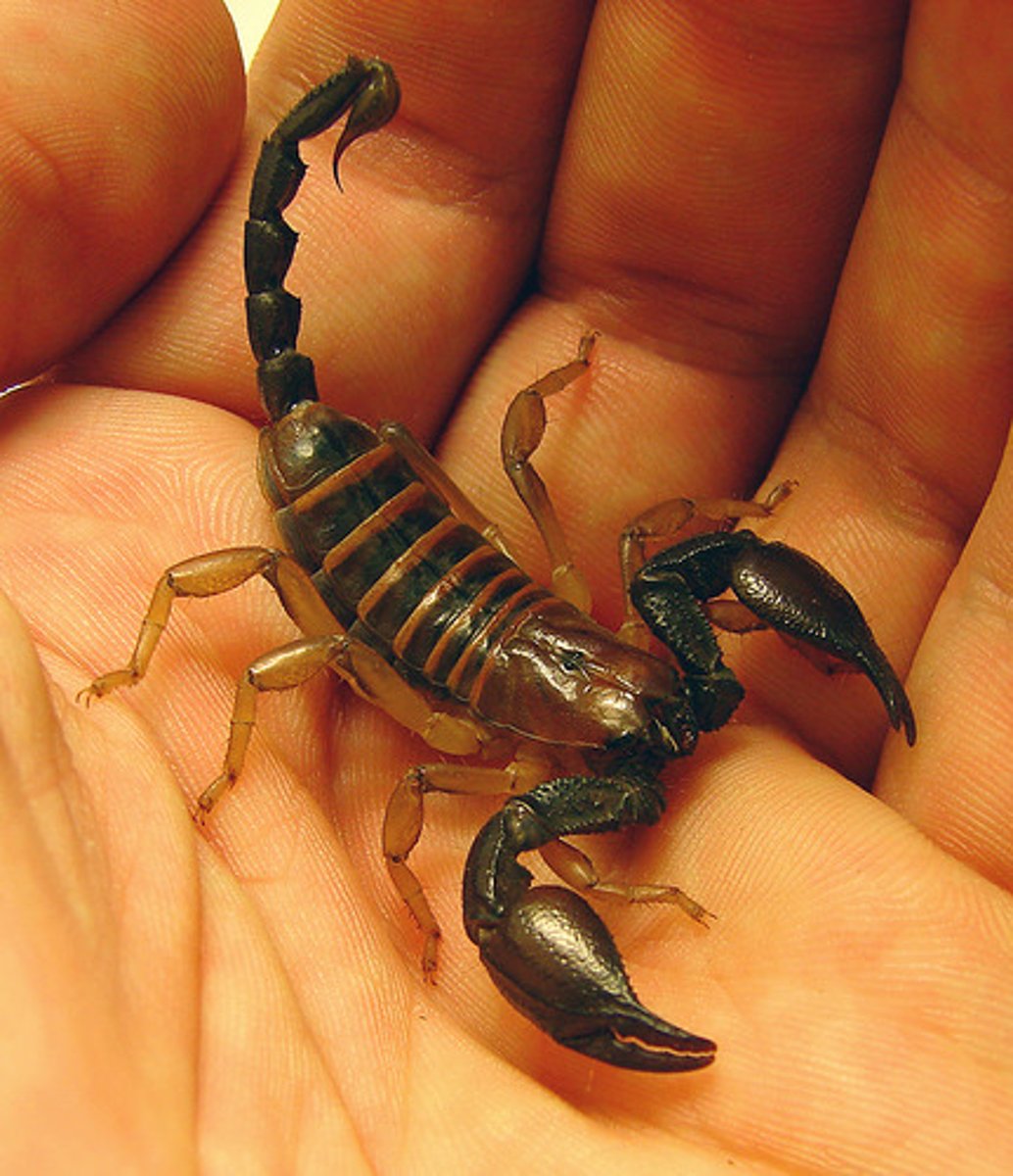
chitin
The tough material from which the external skeleton is made
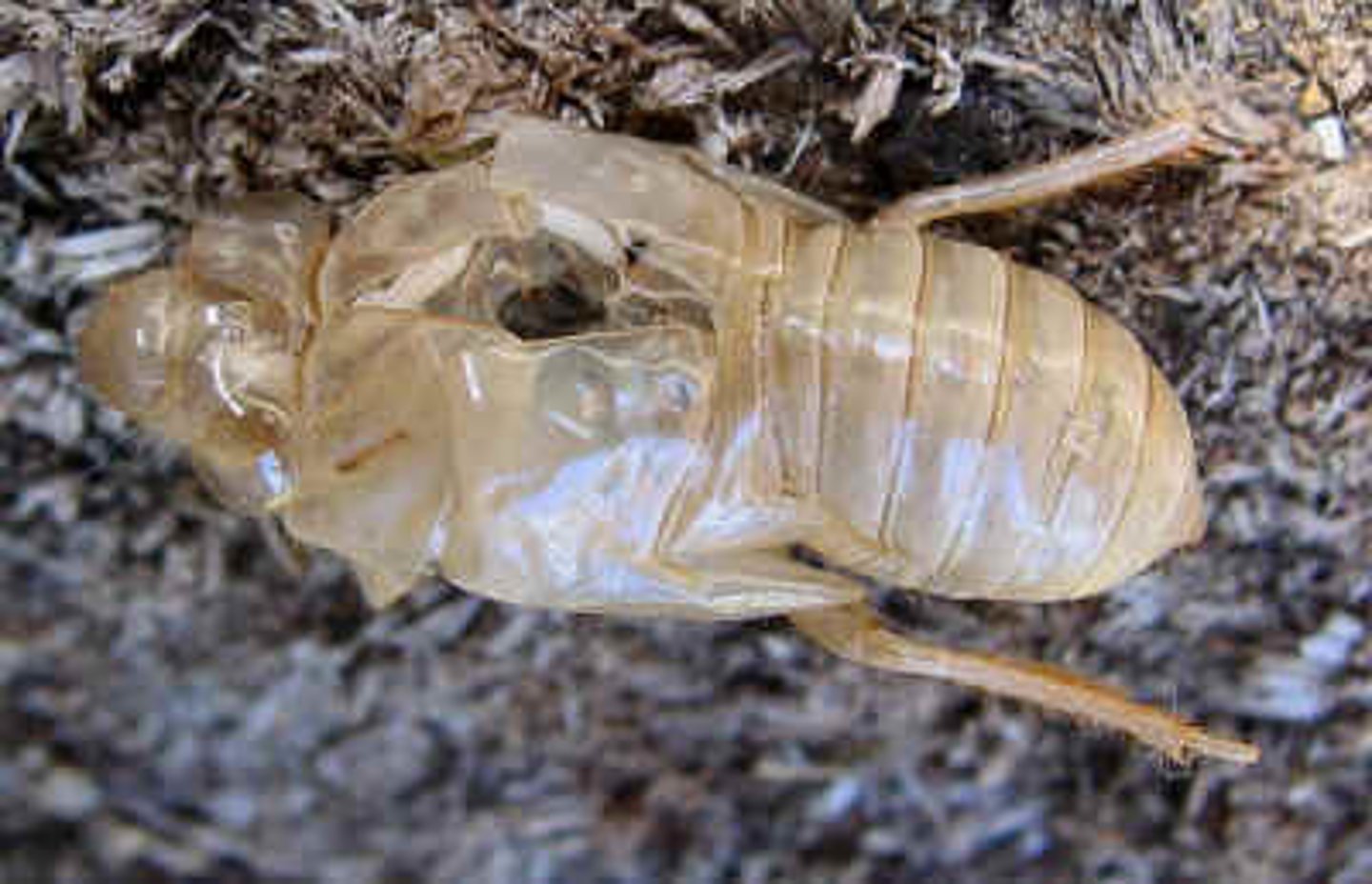
metamorphosis
Most insects undergo a transformation in appearance known as...
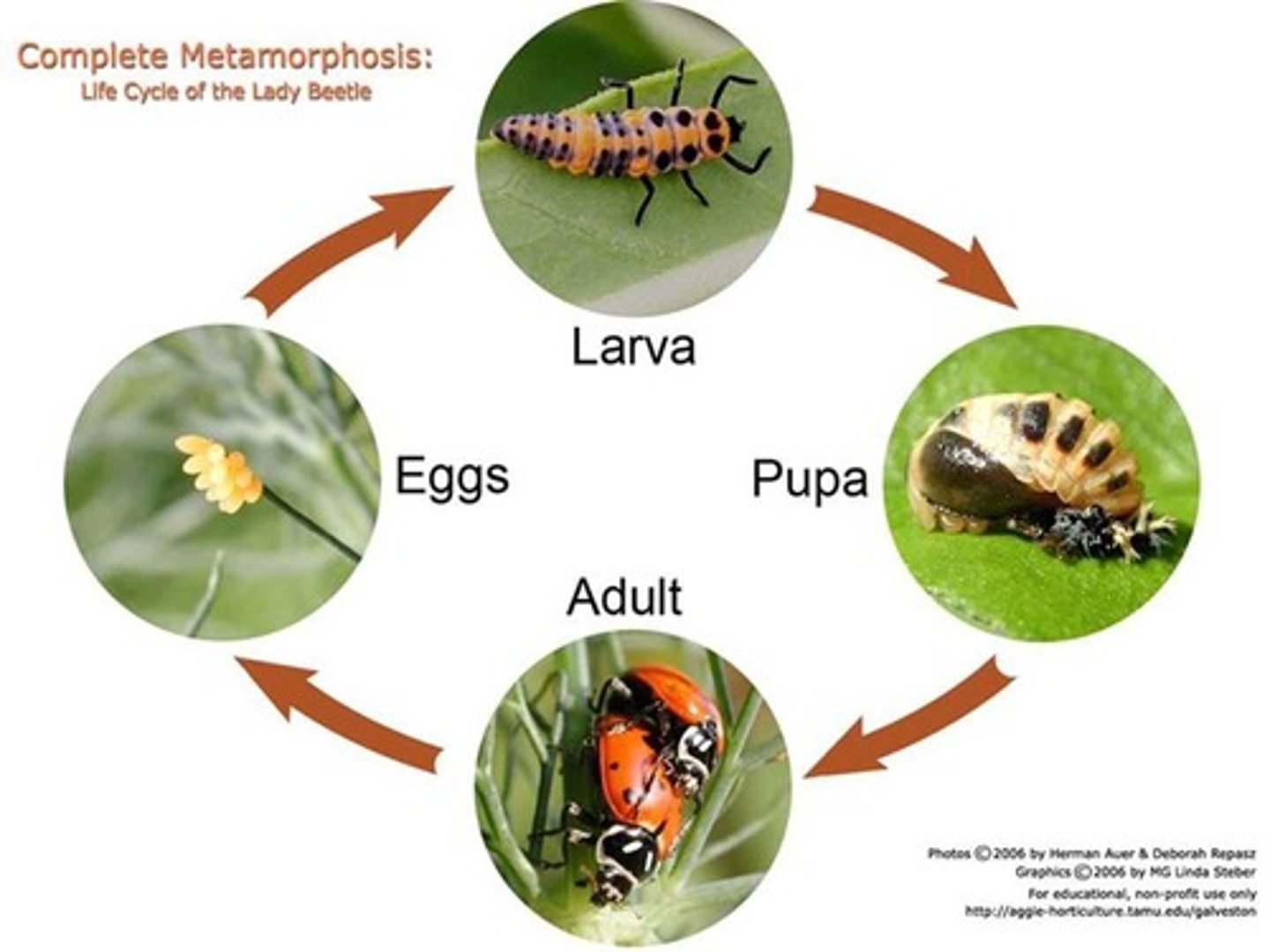
molting
The process in which an insect sheds its external skeleton
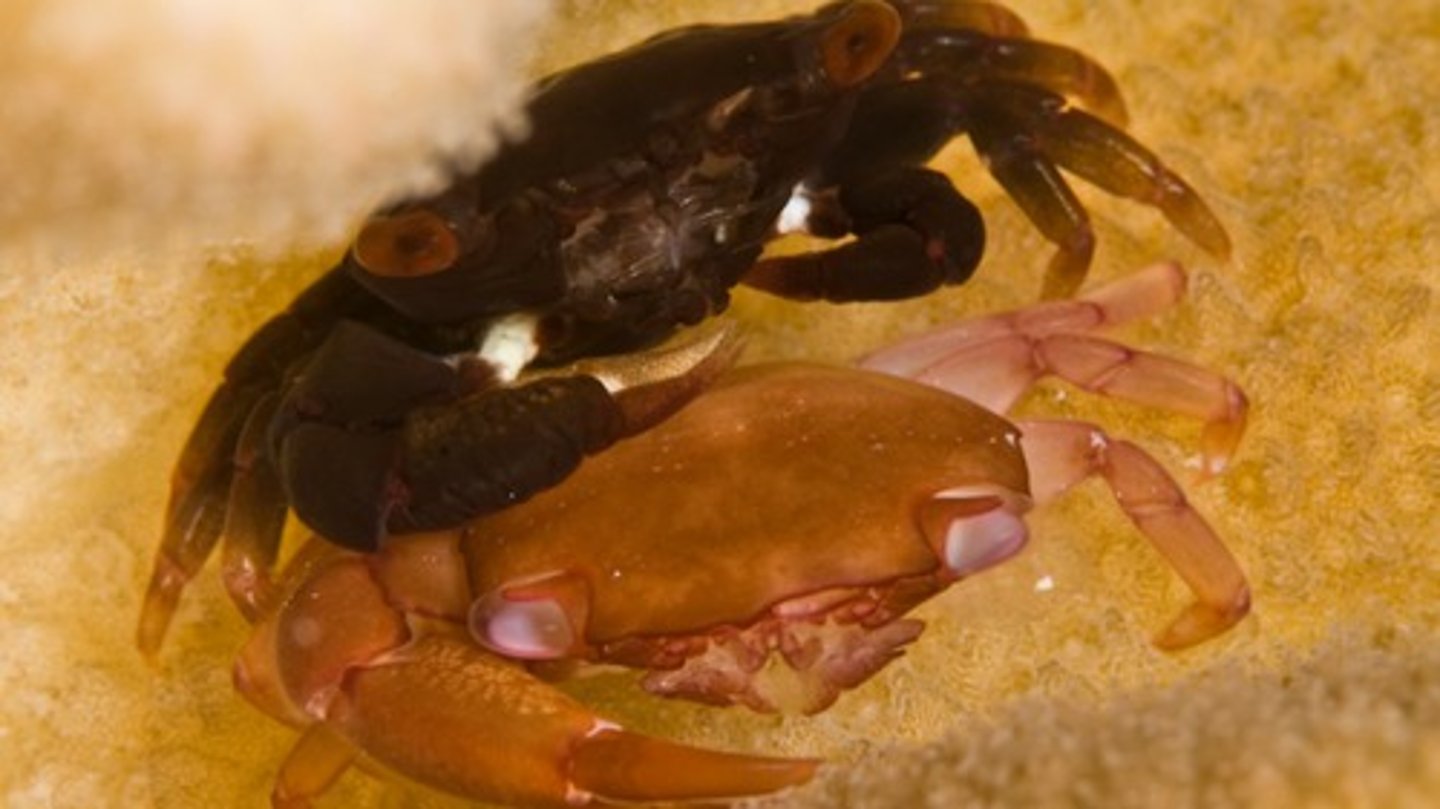
nocturnal
An animal that is active at night
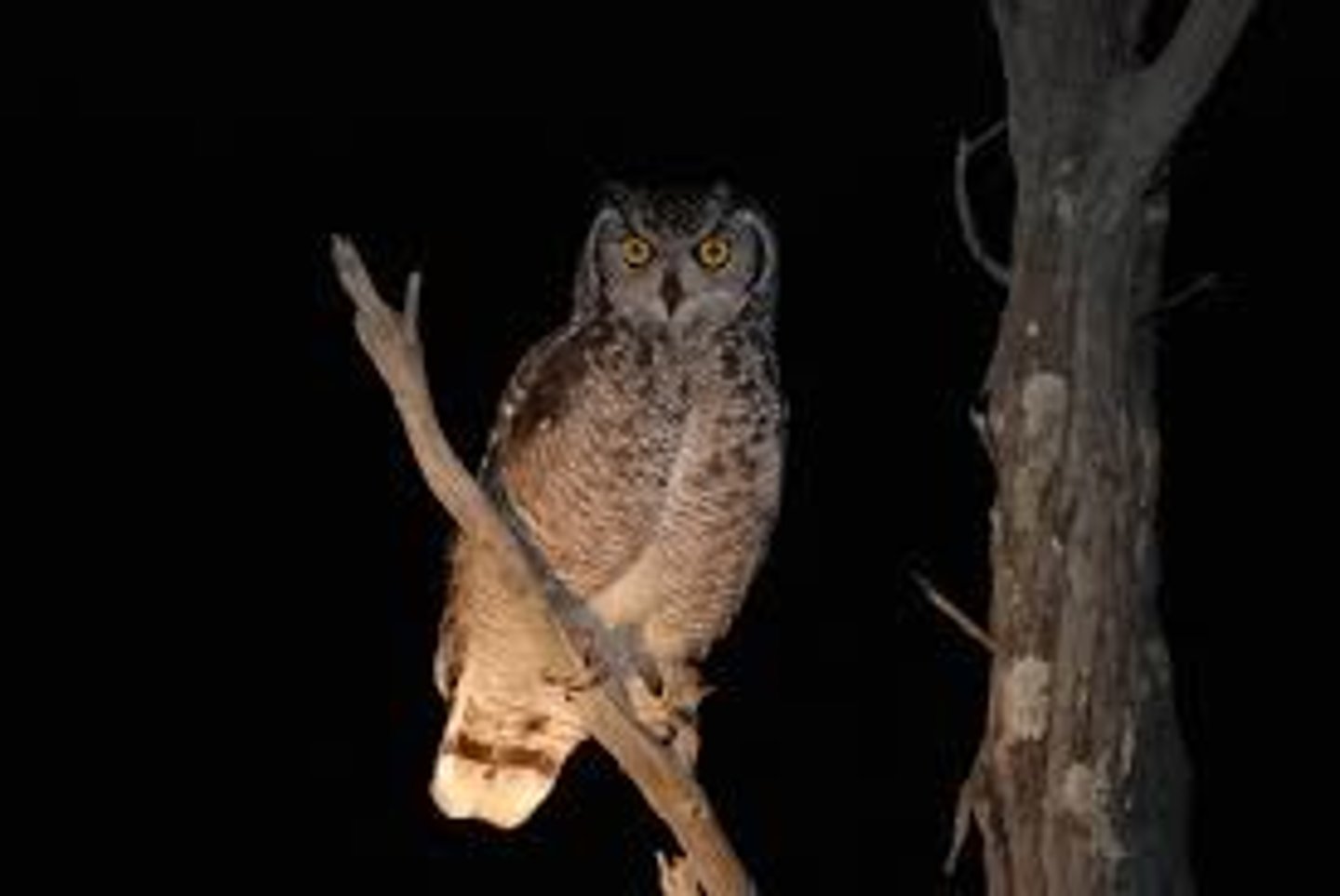
setae
The tiny hairs on a spider's body that are very sensitive to vibrations
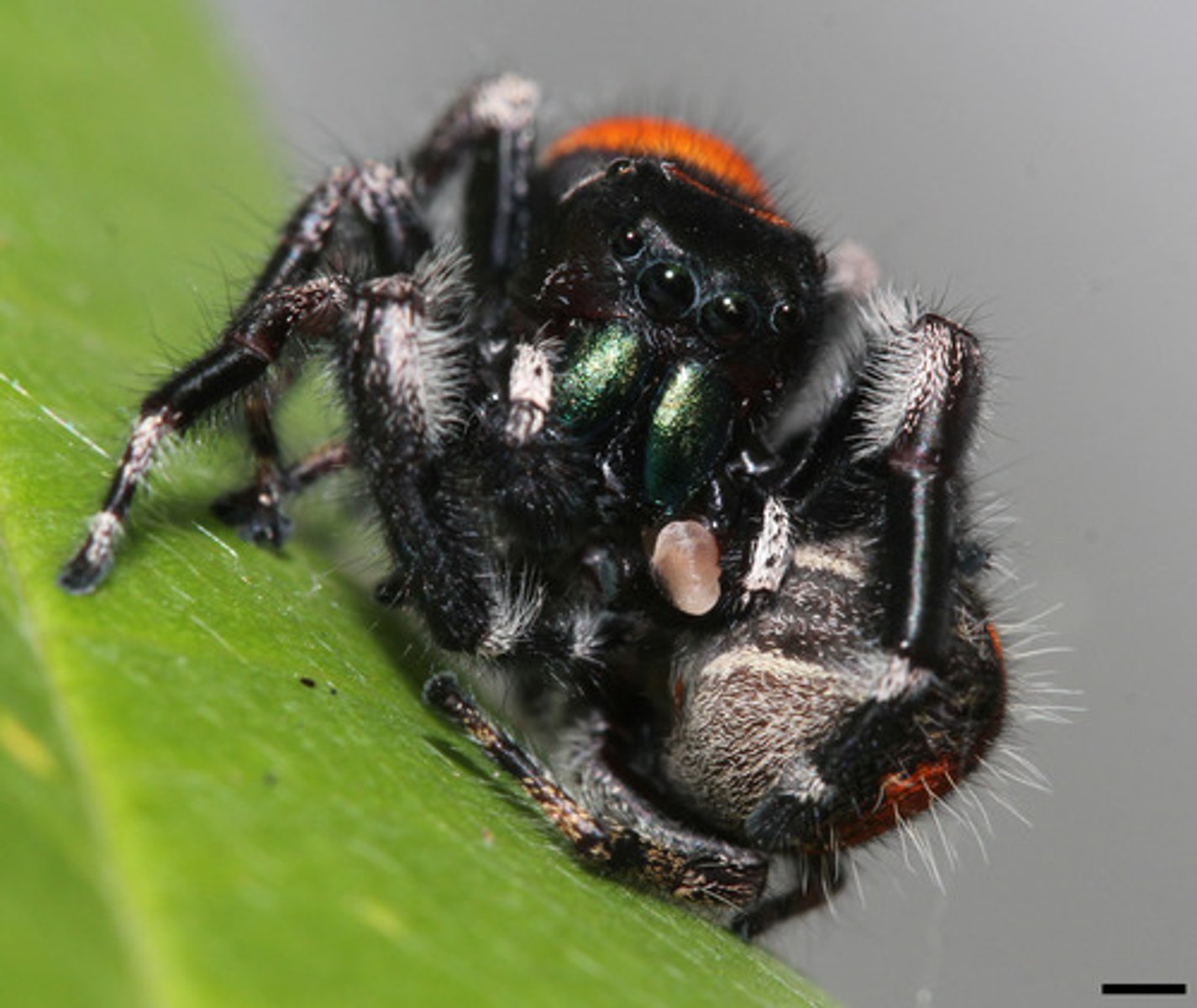
entomologists
Scientist who study insects

classification
The process of arranging animals or other things into groups according to their similarities
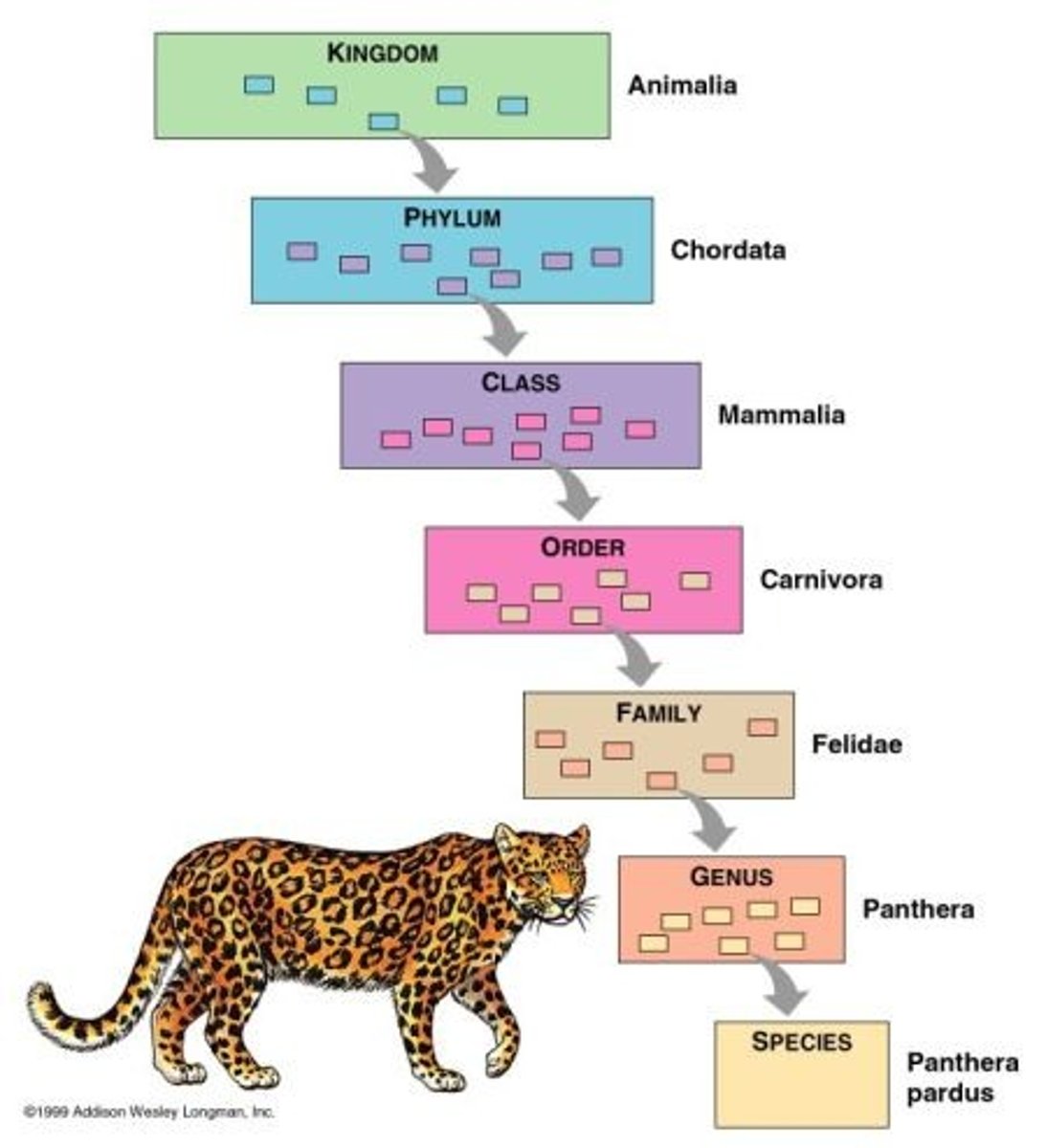
90%
About how many arthropods belong to the class of insects?
3
How many distant body regions do all insects have?
spinnerets
The tubelike structures with which spiders squirt out long, thin streams of liquid silk
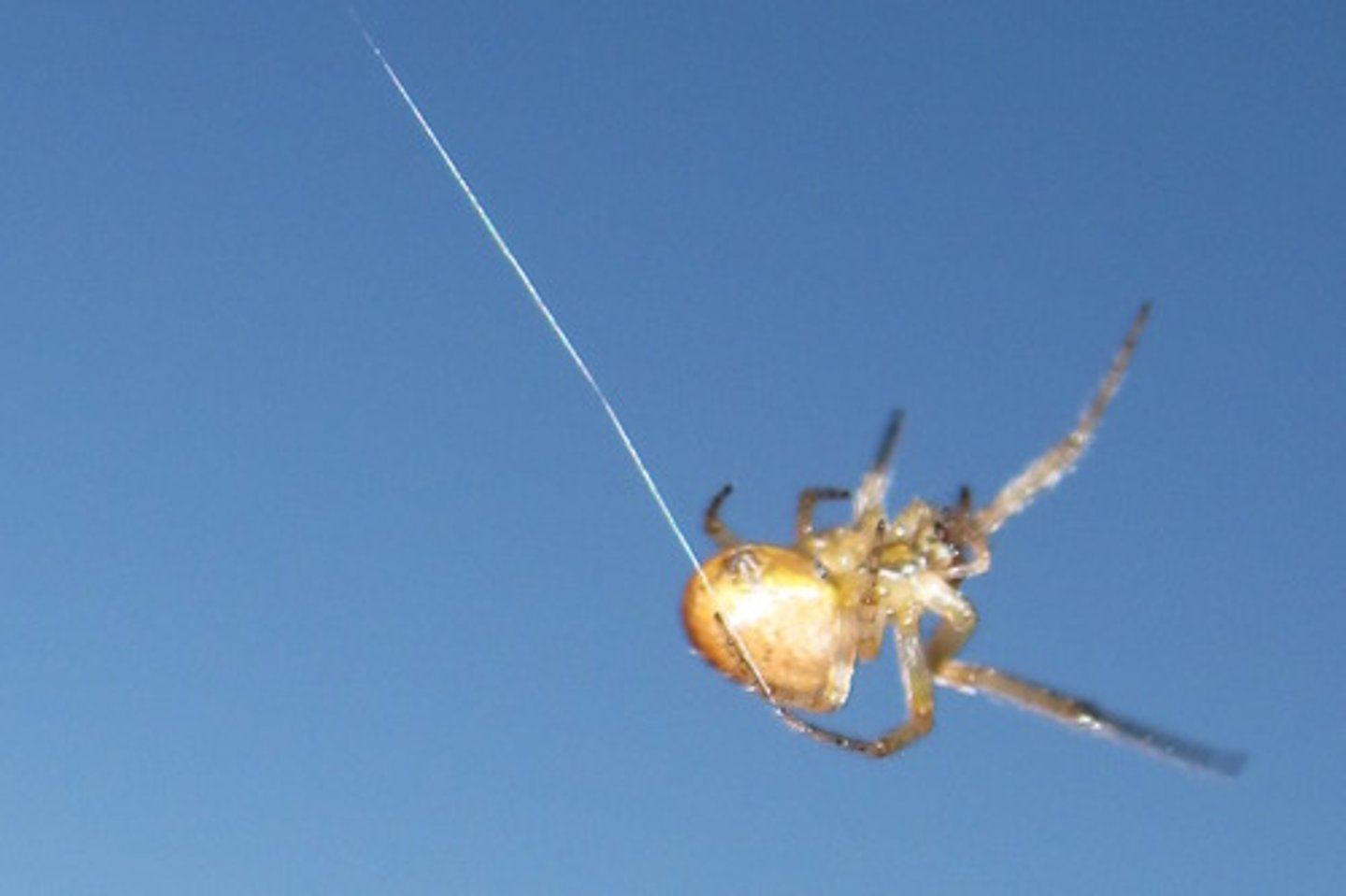
antennae
Help an insect to feel, hear, and taste
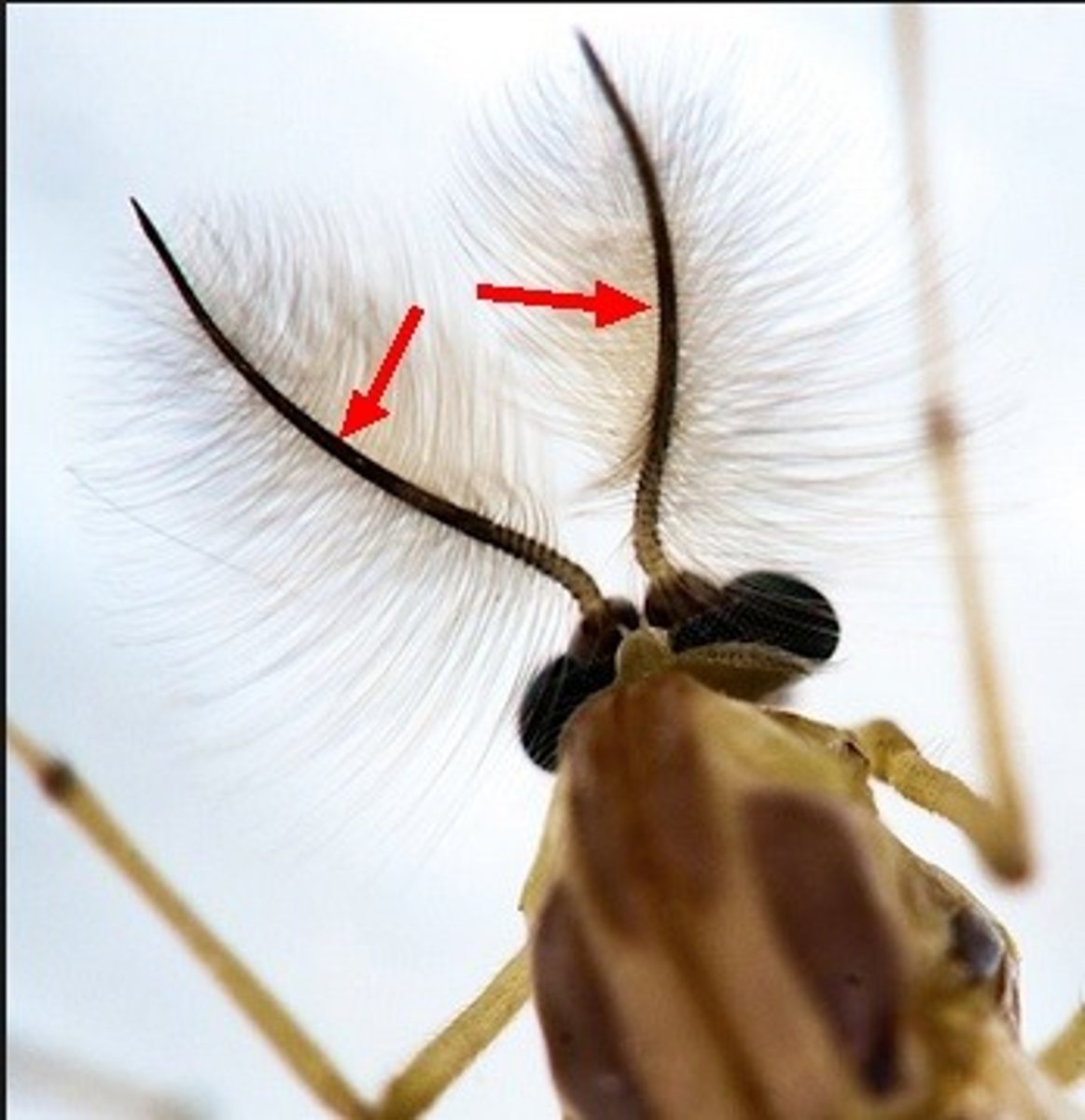
3
Insects have how many pairs of jointed legs?
pupa
An insect resting in a chrysalis or cocoon is known as....
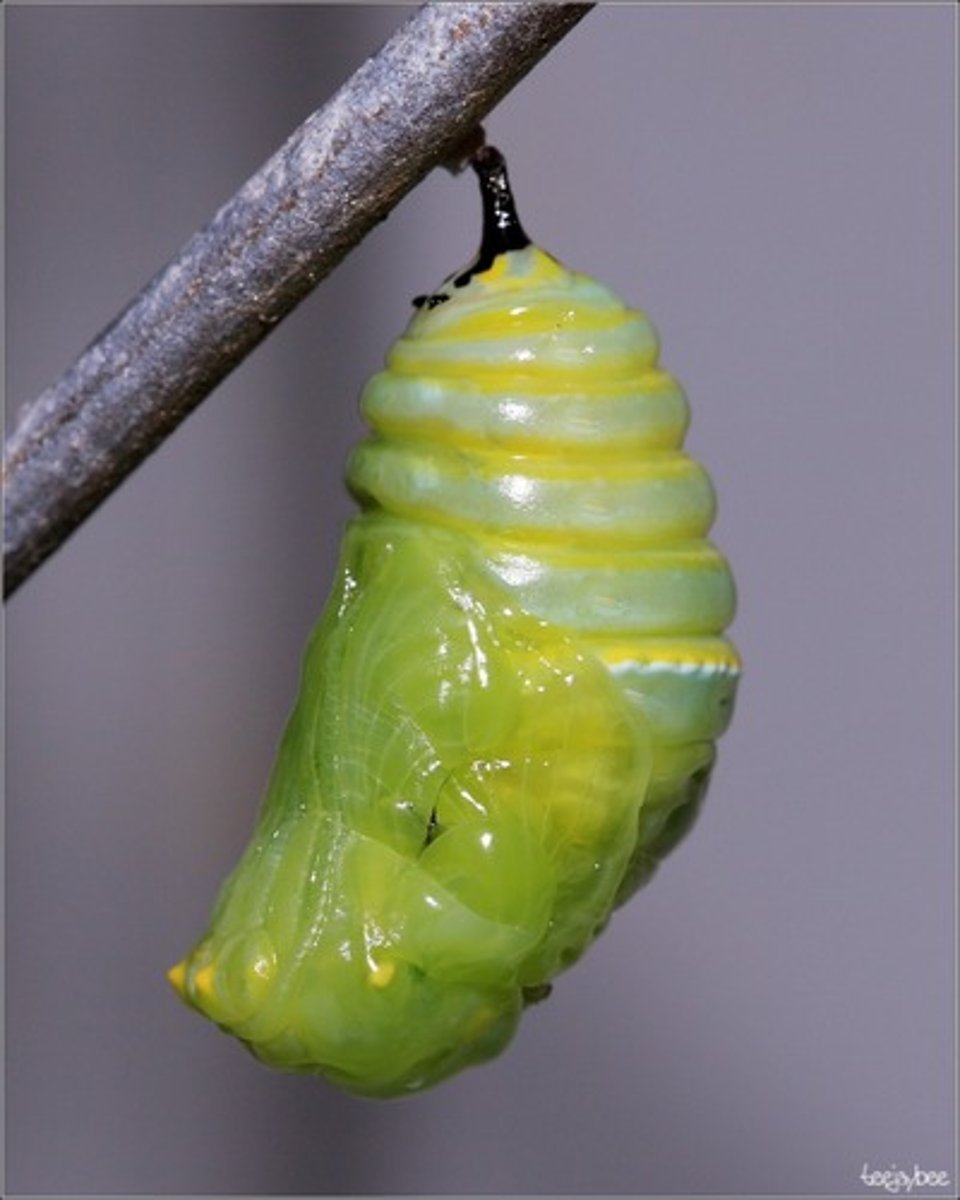
nymph
The stages of incomplete metamorphosis are egg, ___________, and adult
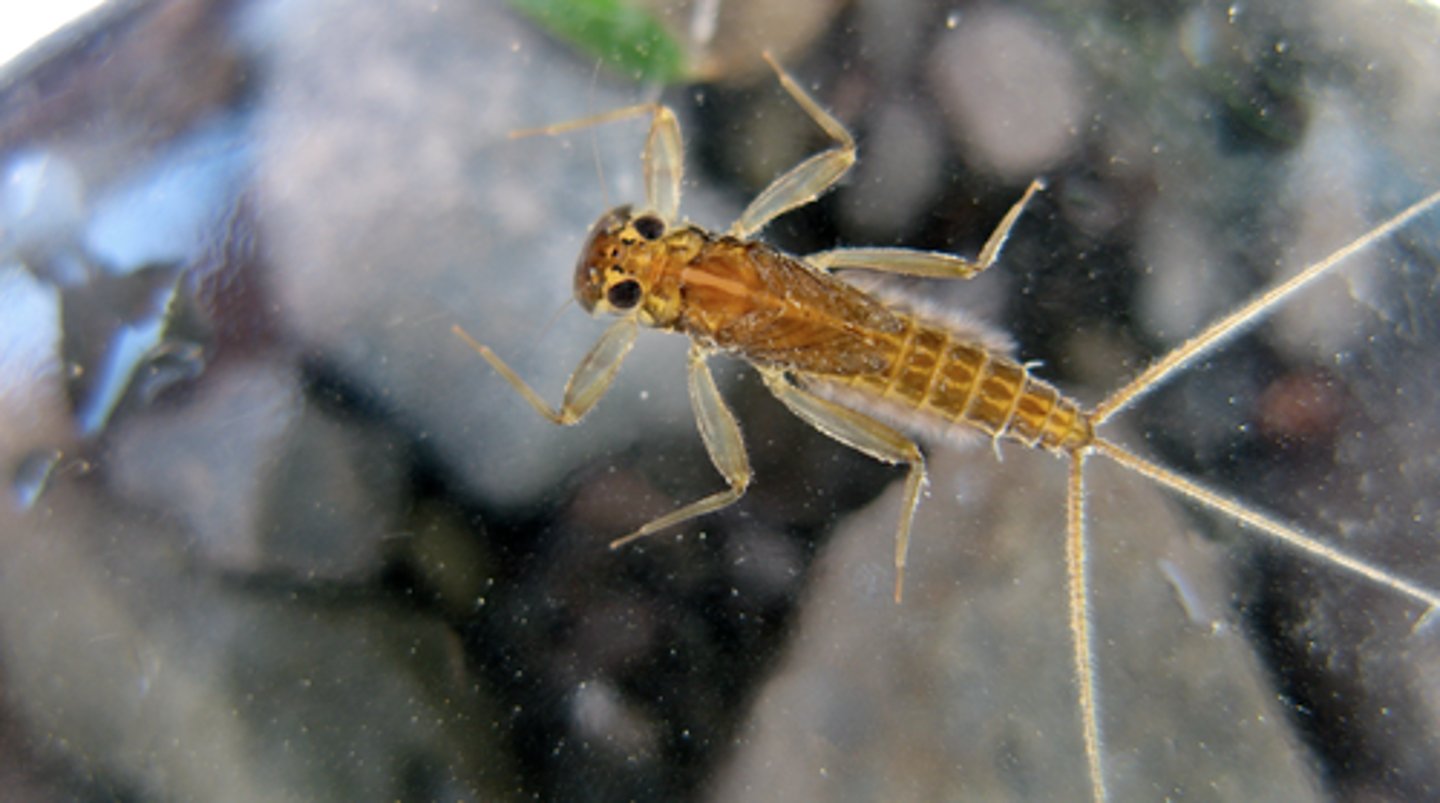
species
The scientific name of an animal uses both the genus and the _______ names.
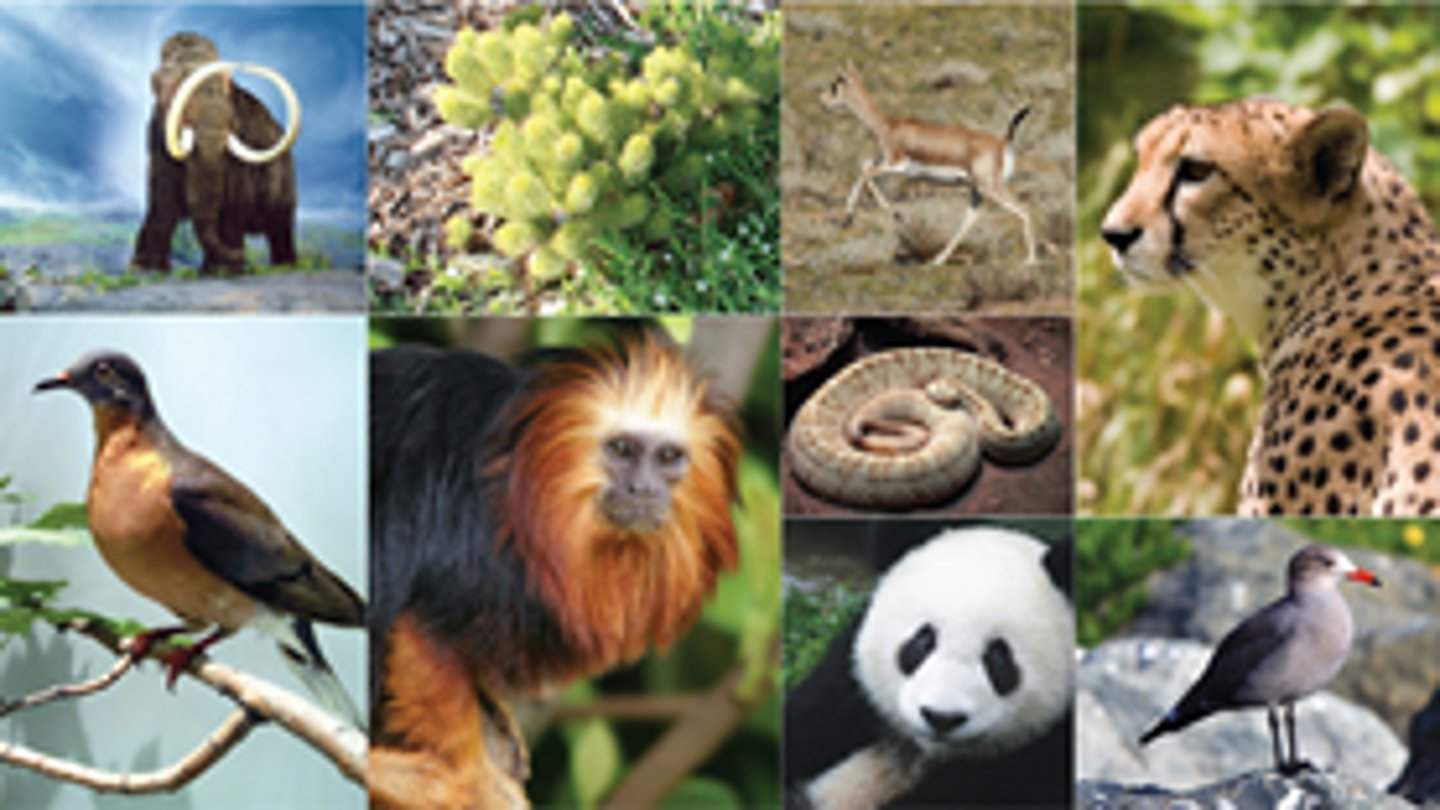
harvestman or daddy longlegs
a useful arachnid with one body section; eight long, scrawny legs, and an appetite for plant lice and other insect pests
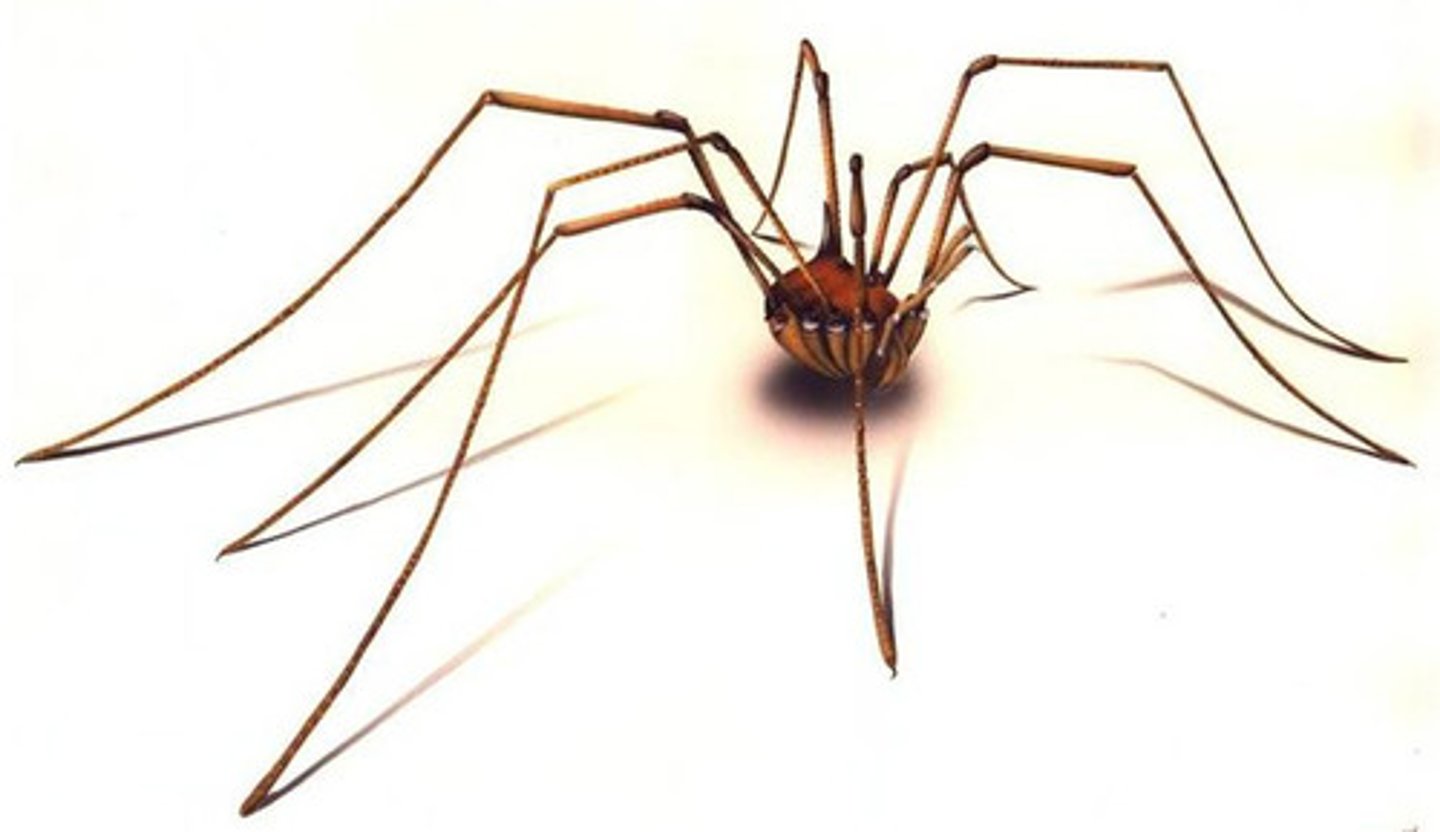
mite
a parasite that may cause mange in animals or scabies in humans
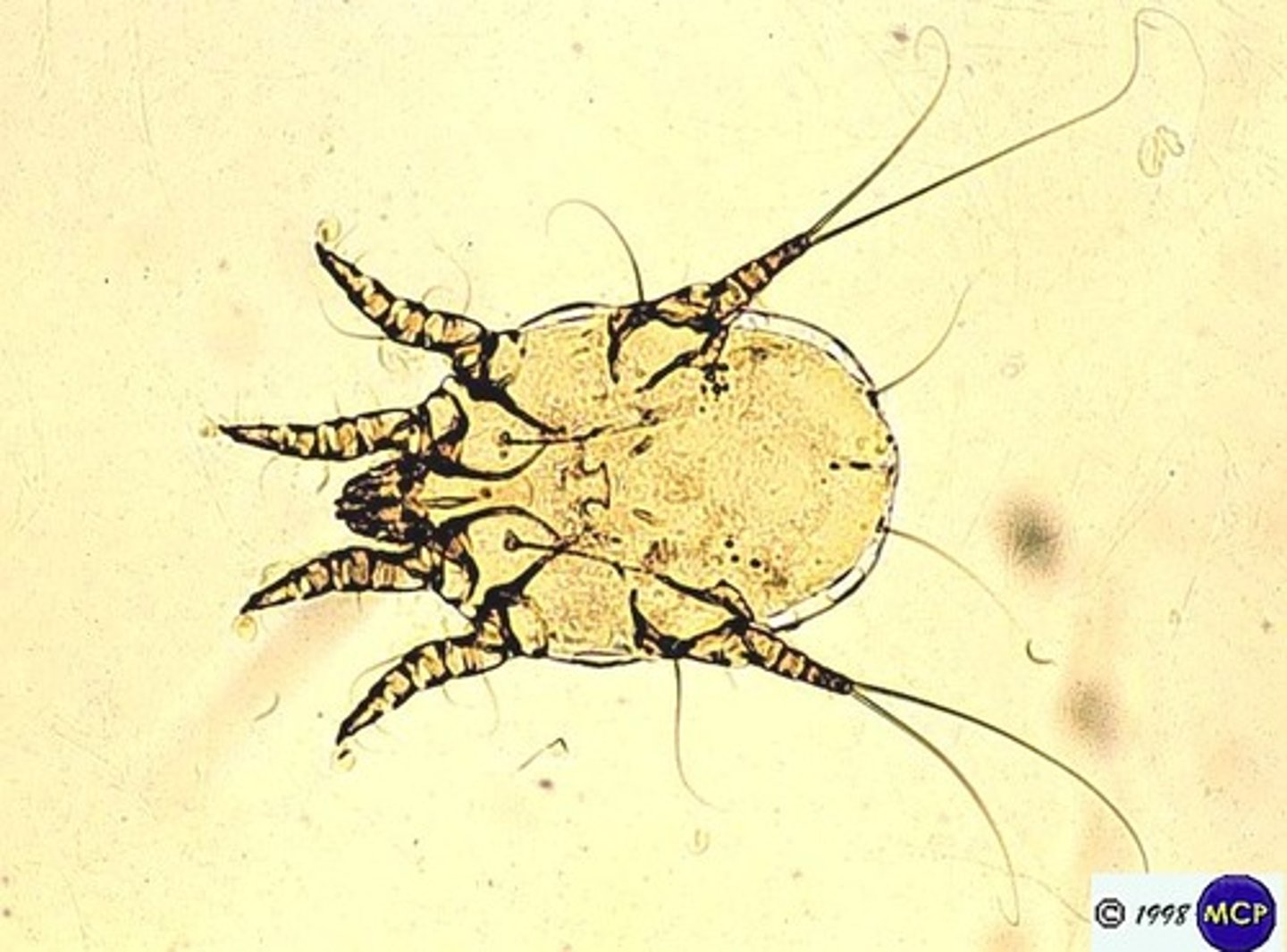
scorpion
an arachnid that has a long tail with a poisonous, needlelike point on the end
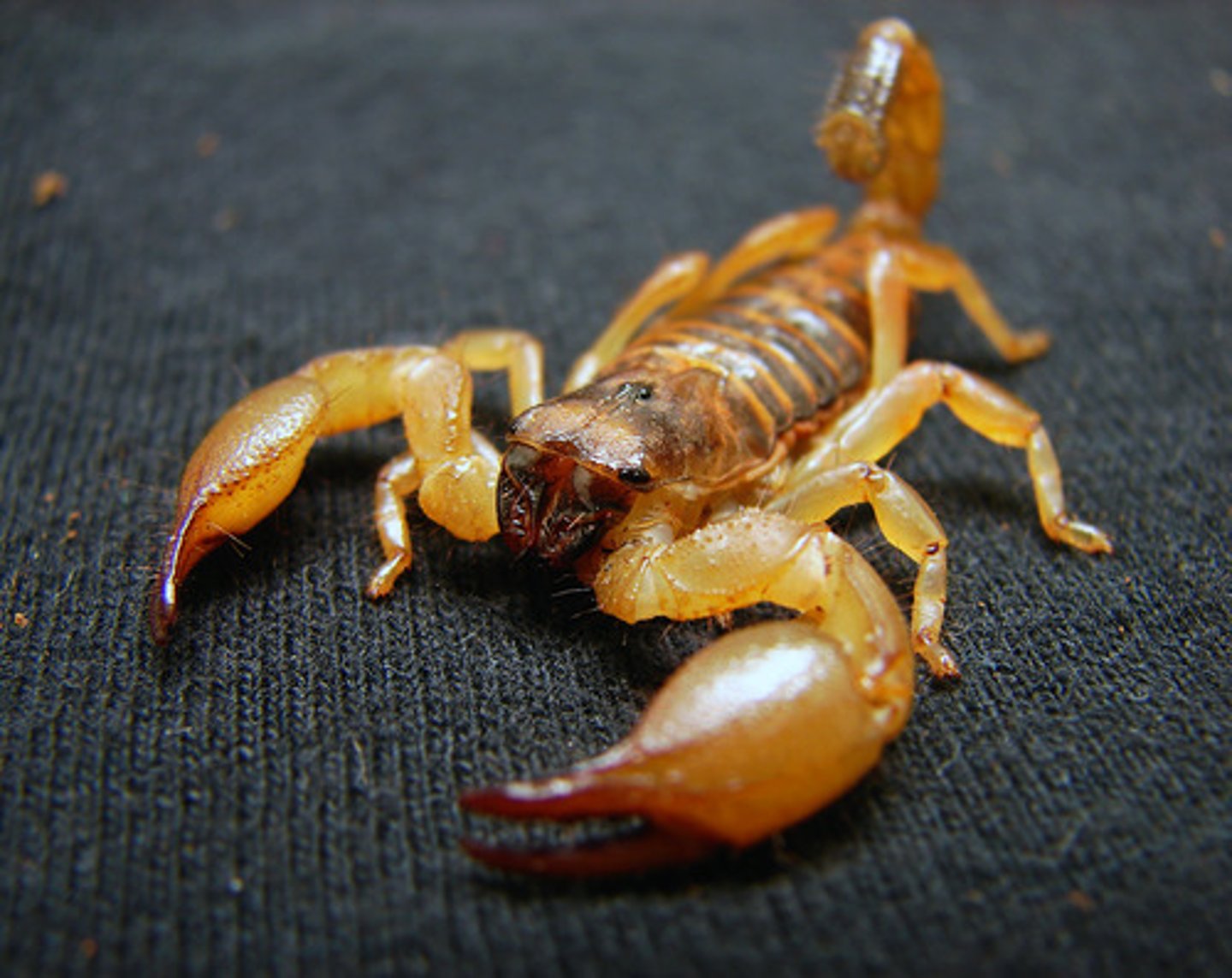
beetle (Coleoptera)
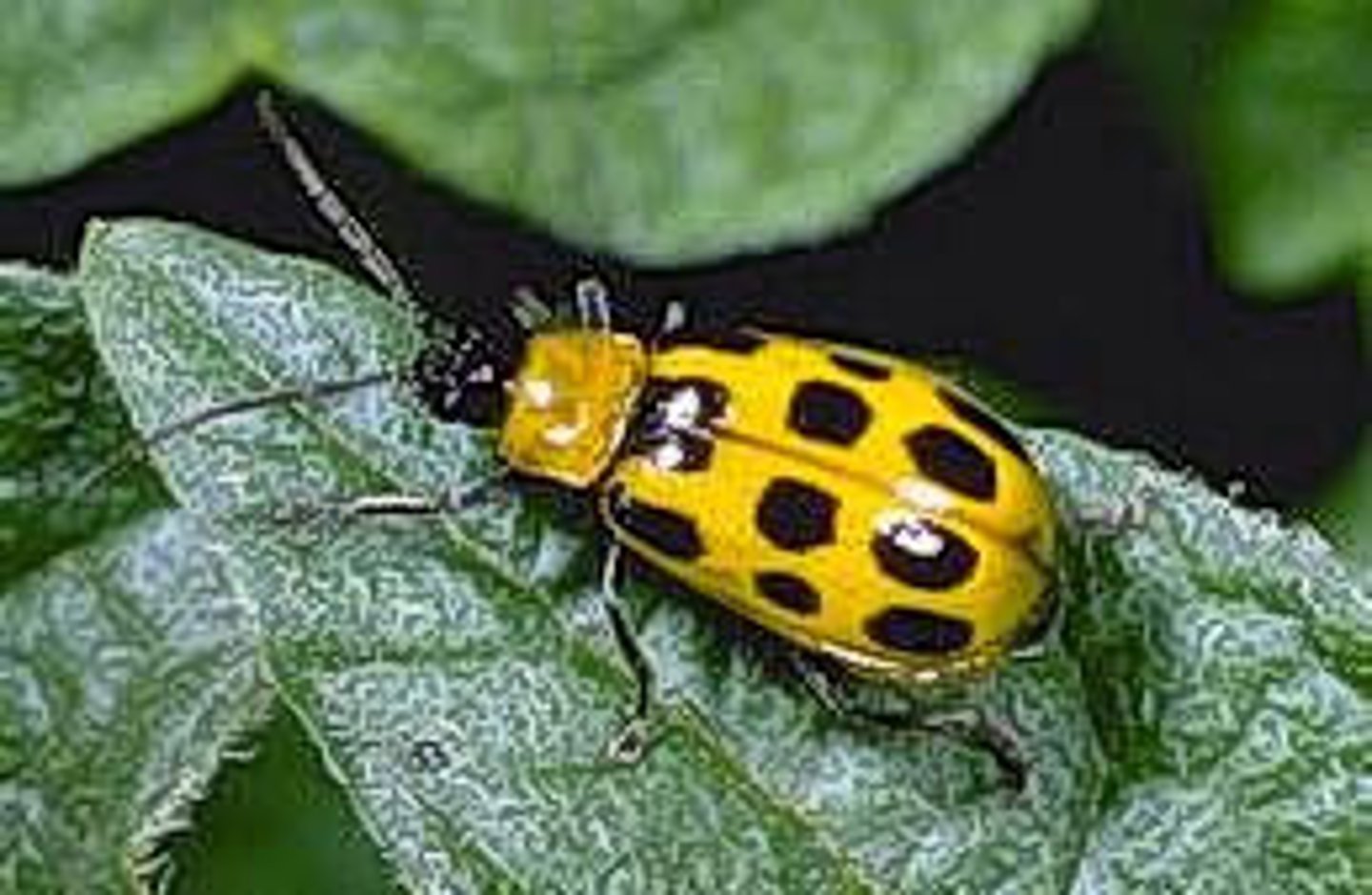
true bug (Hemiptera)
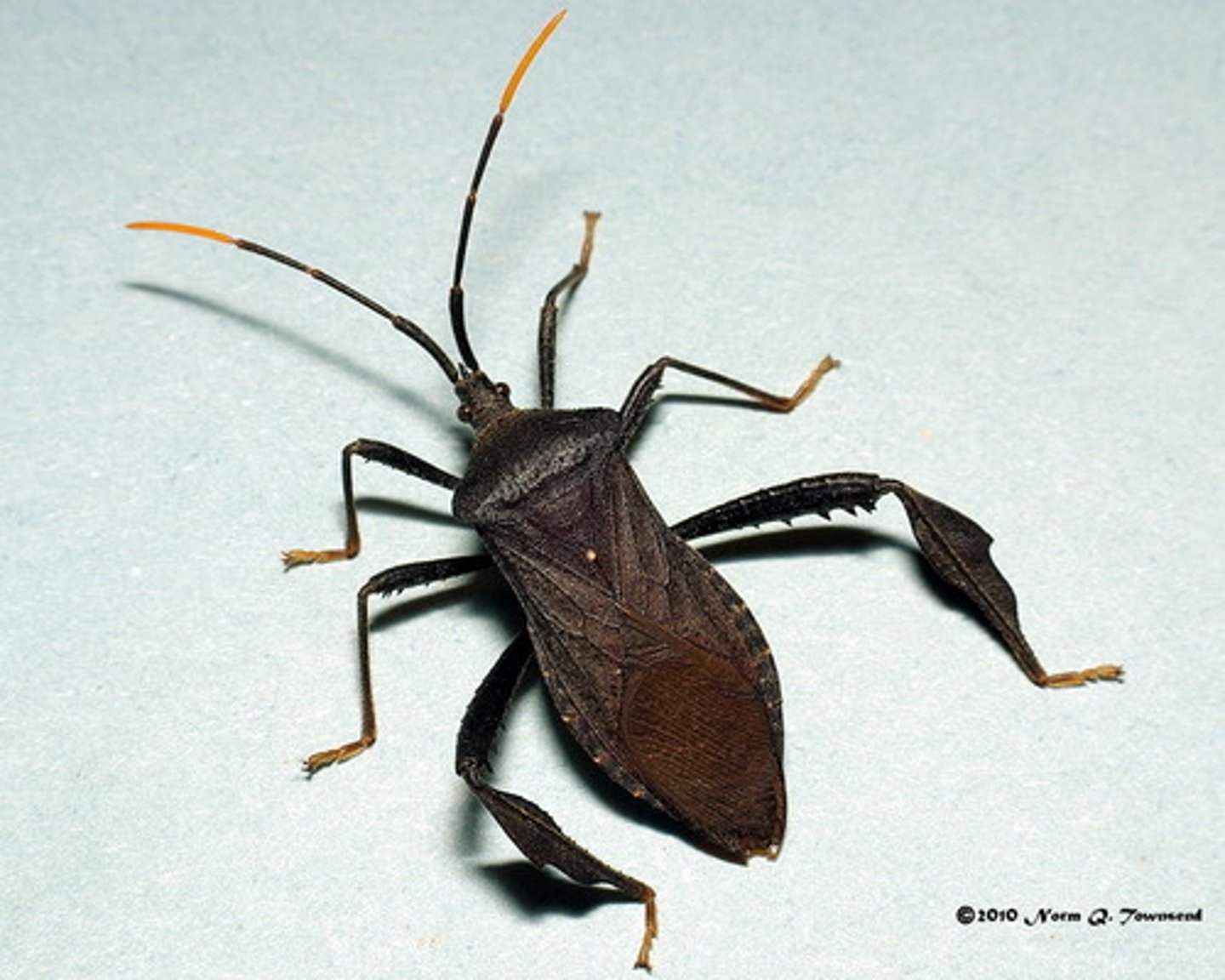
social insects (Hymenoptera)
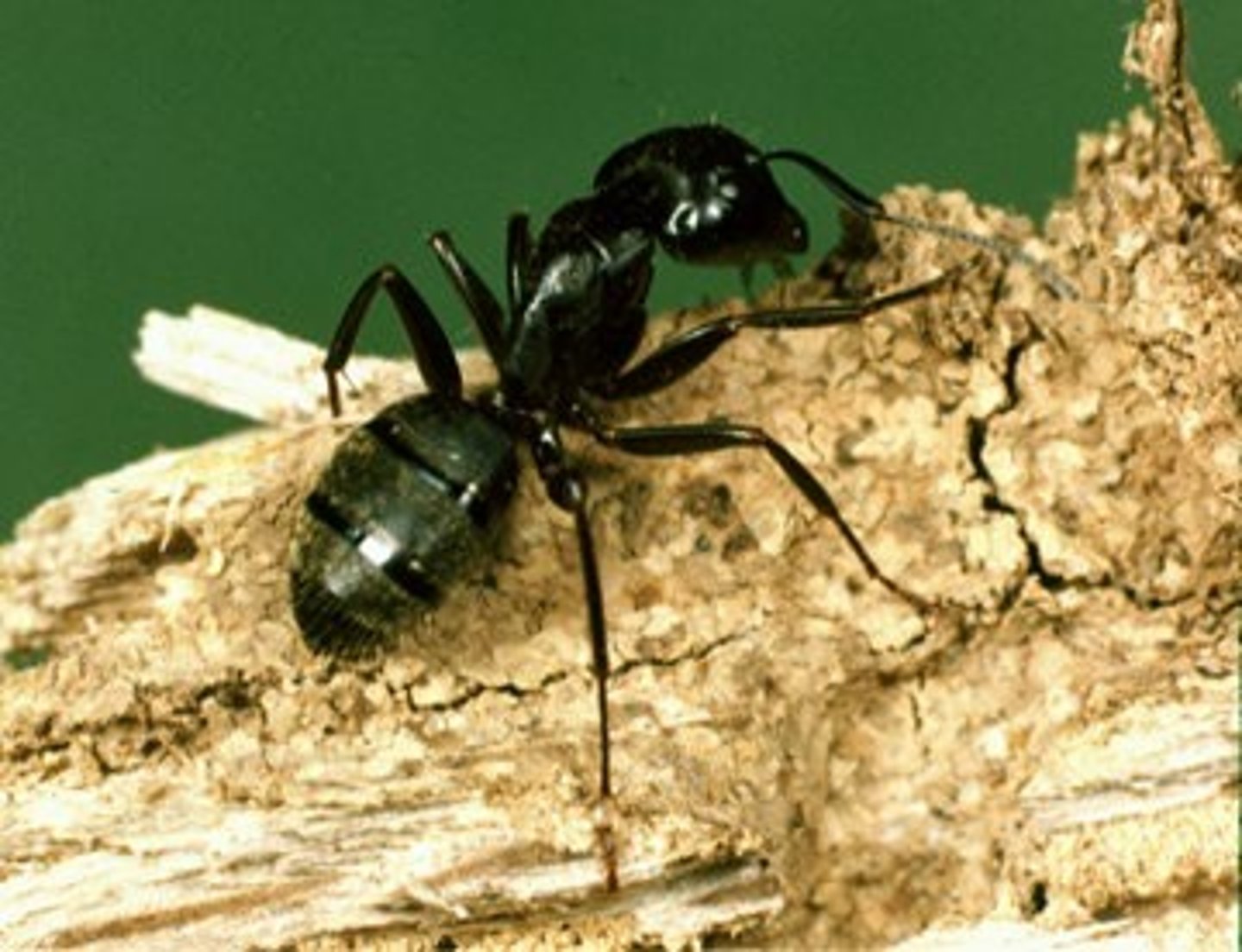
butterfly (Lepidoptera)
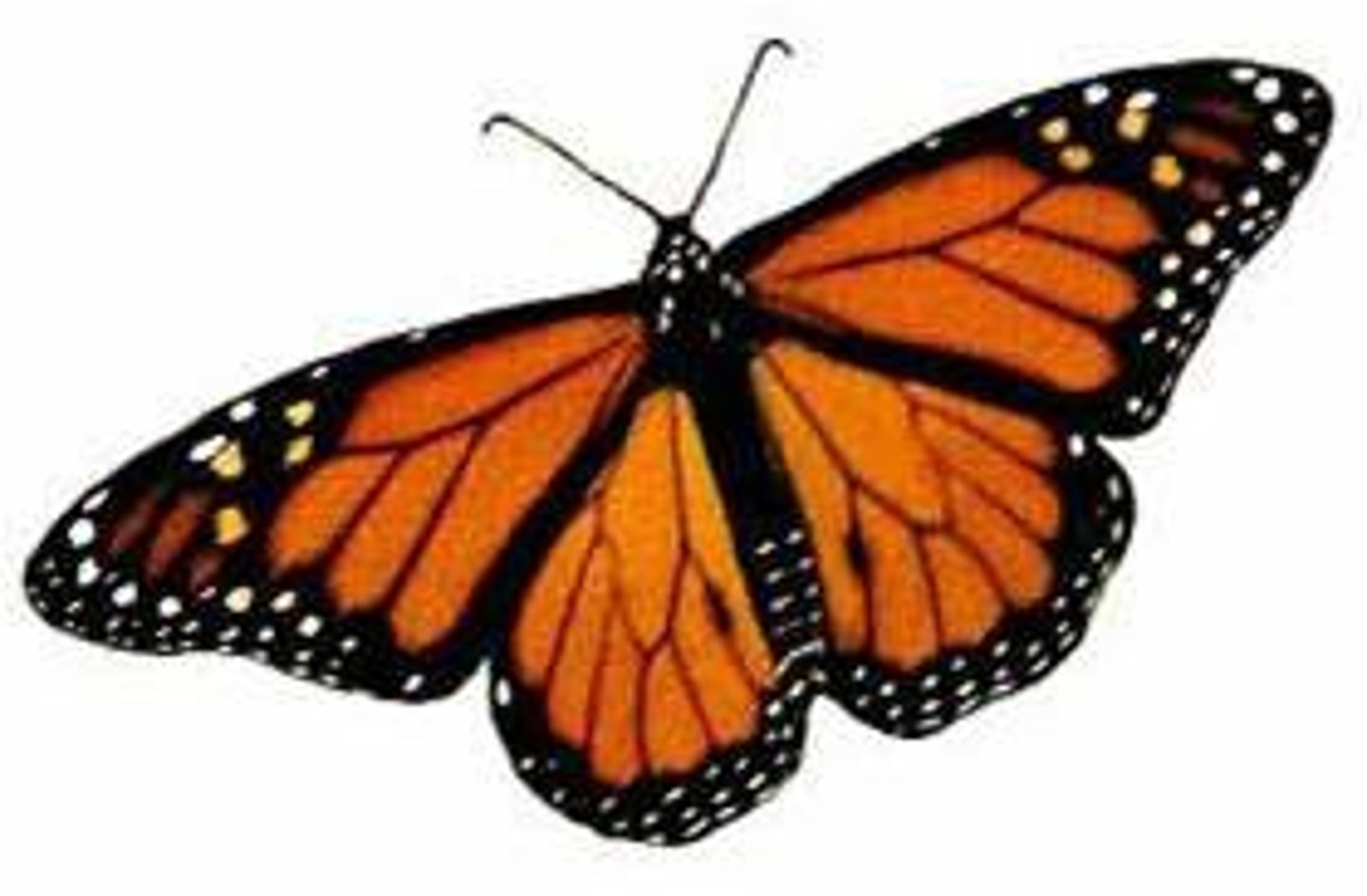
moth (Lepidoptera)
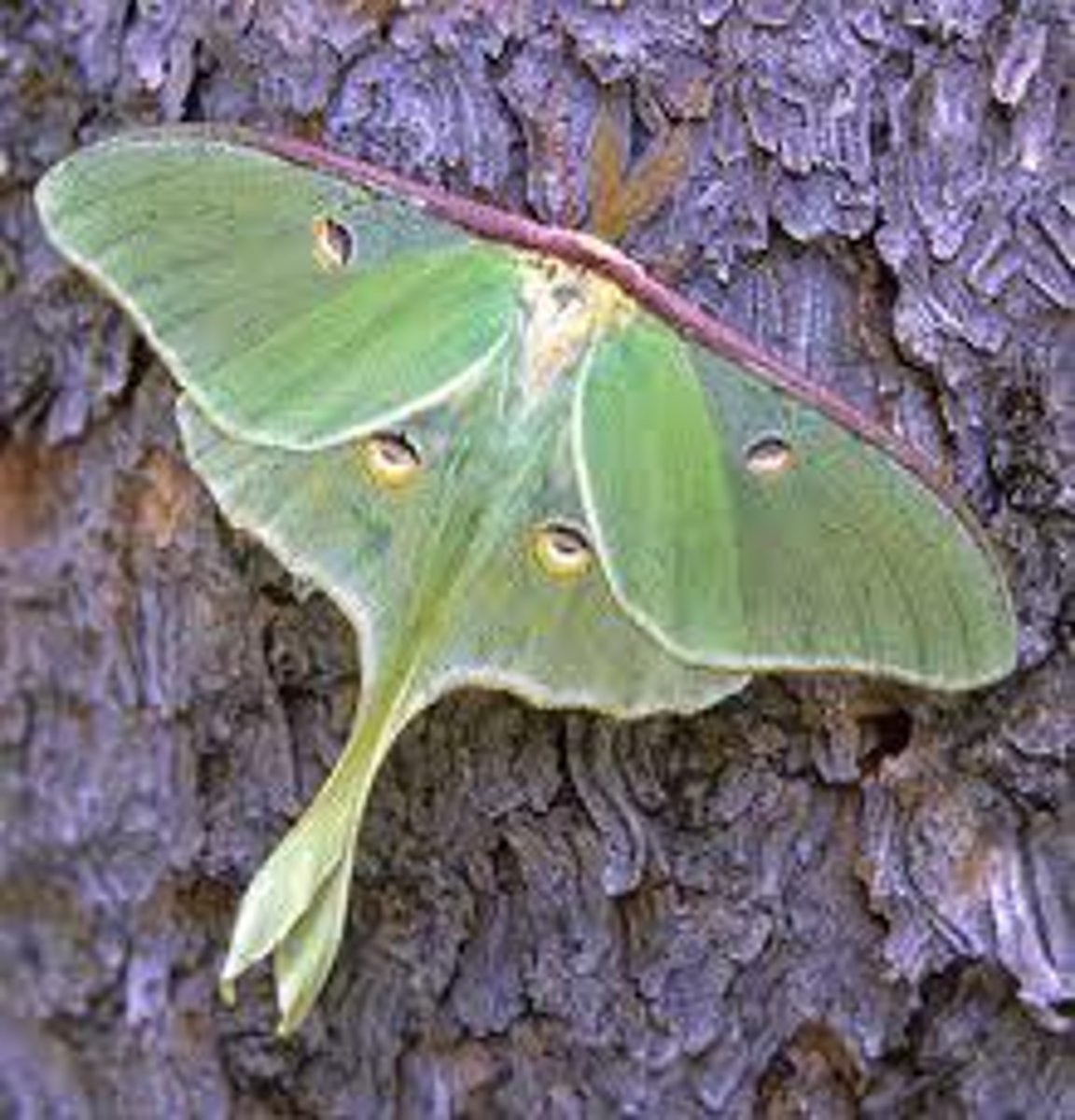
dragonfly (Odonata)
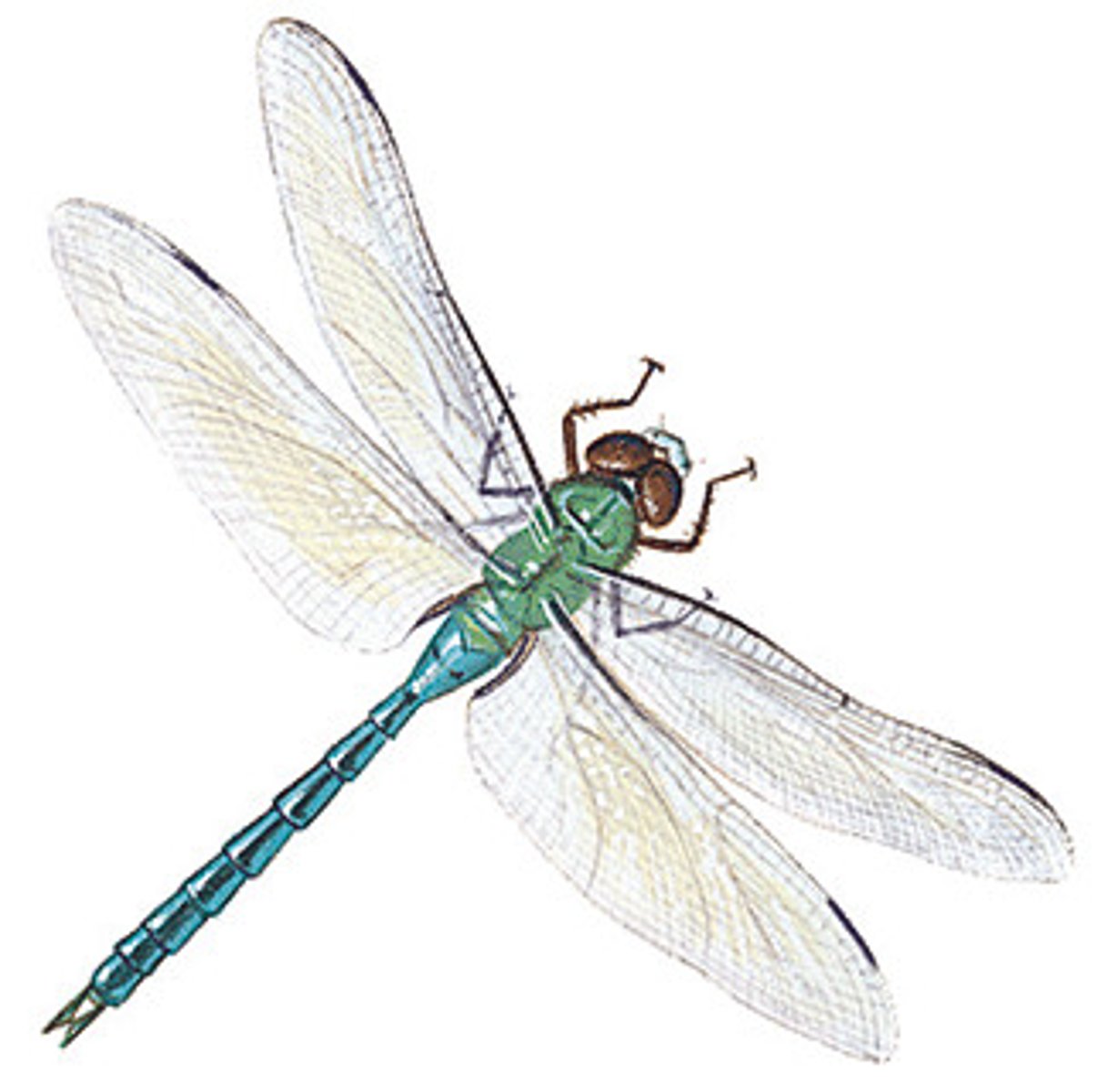
fly (Diptera)
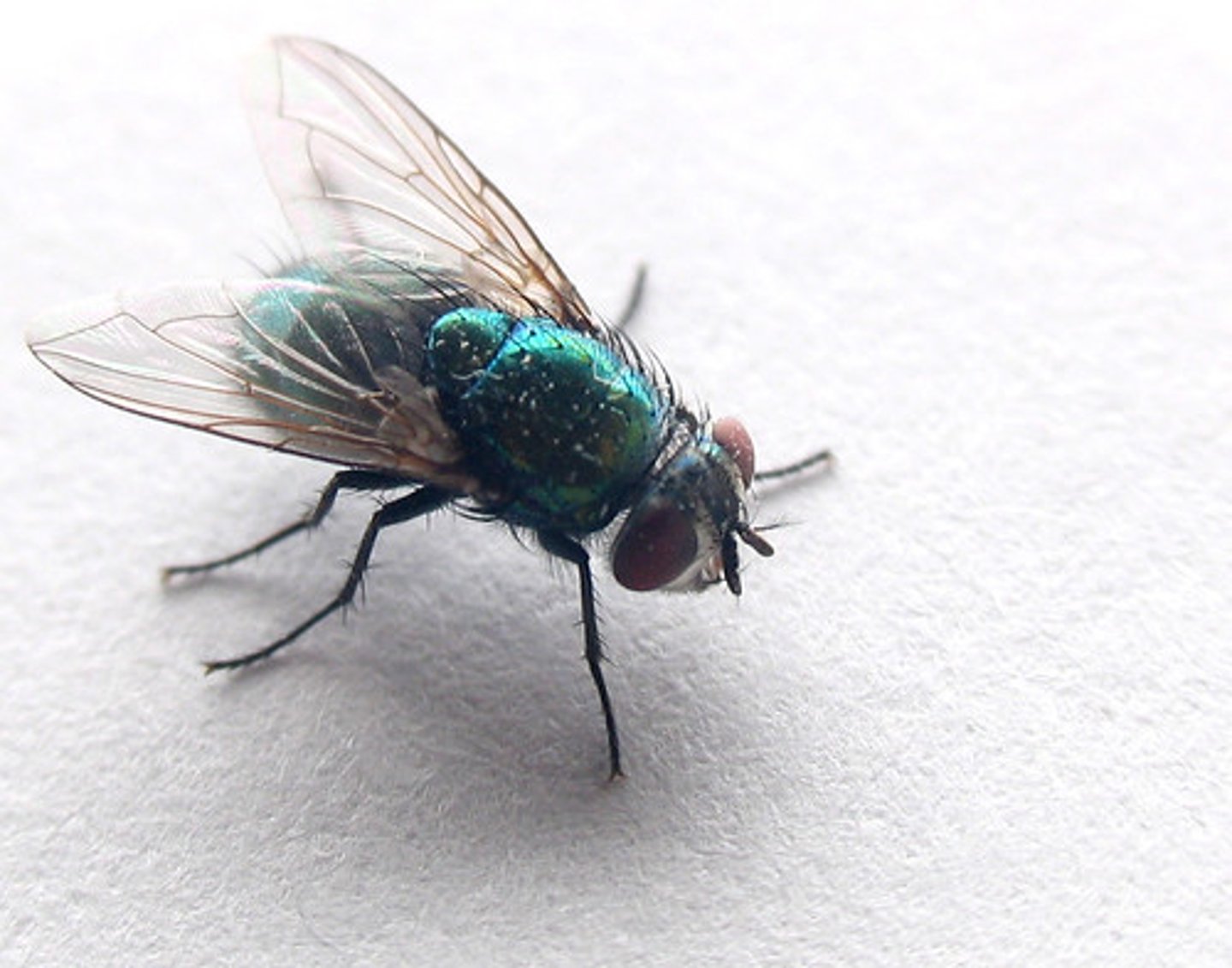
8
Spiders have how many legs?
cephalothorax
Spiders have two distinct body regions, and abdomen and a ___________________.
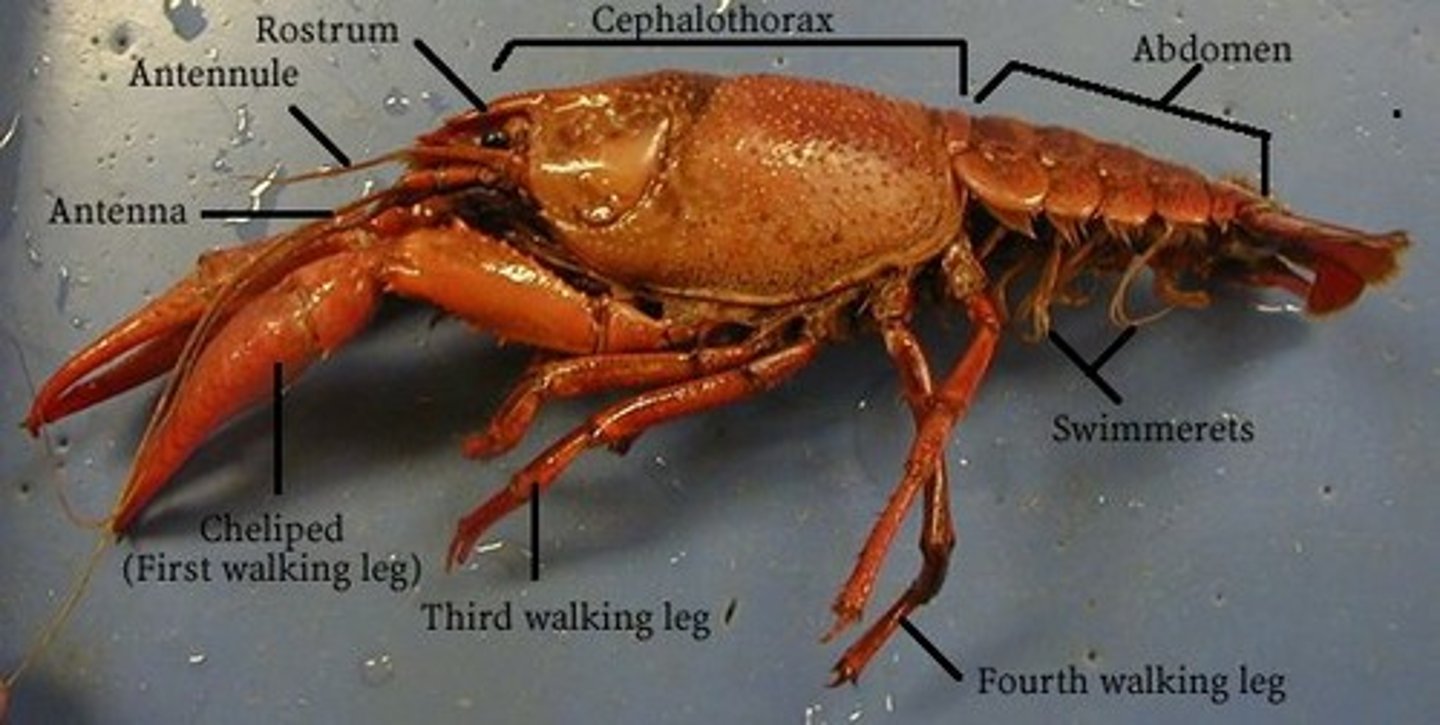
book lungs
Spiders breathe by means of....
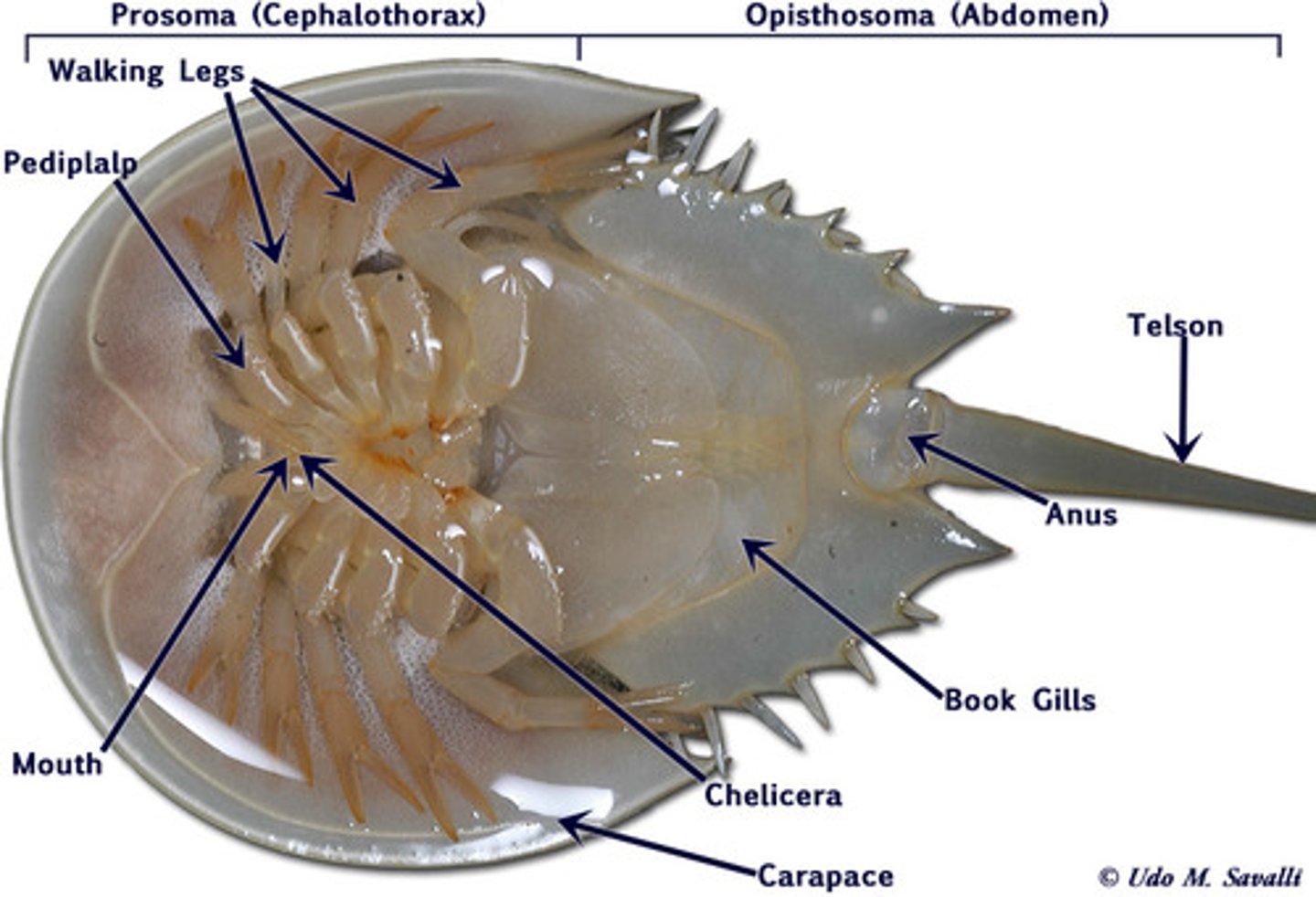
ballooning
Many young spiders leave the nest by sailing away on silk strands, a practice called____________
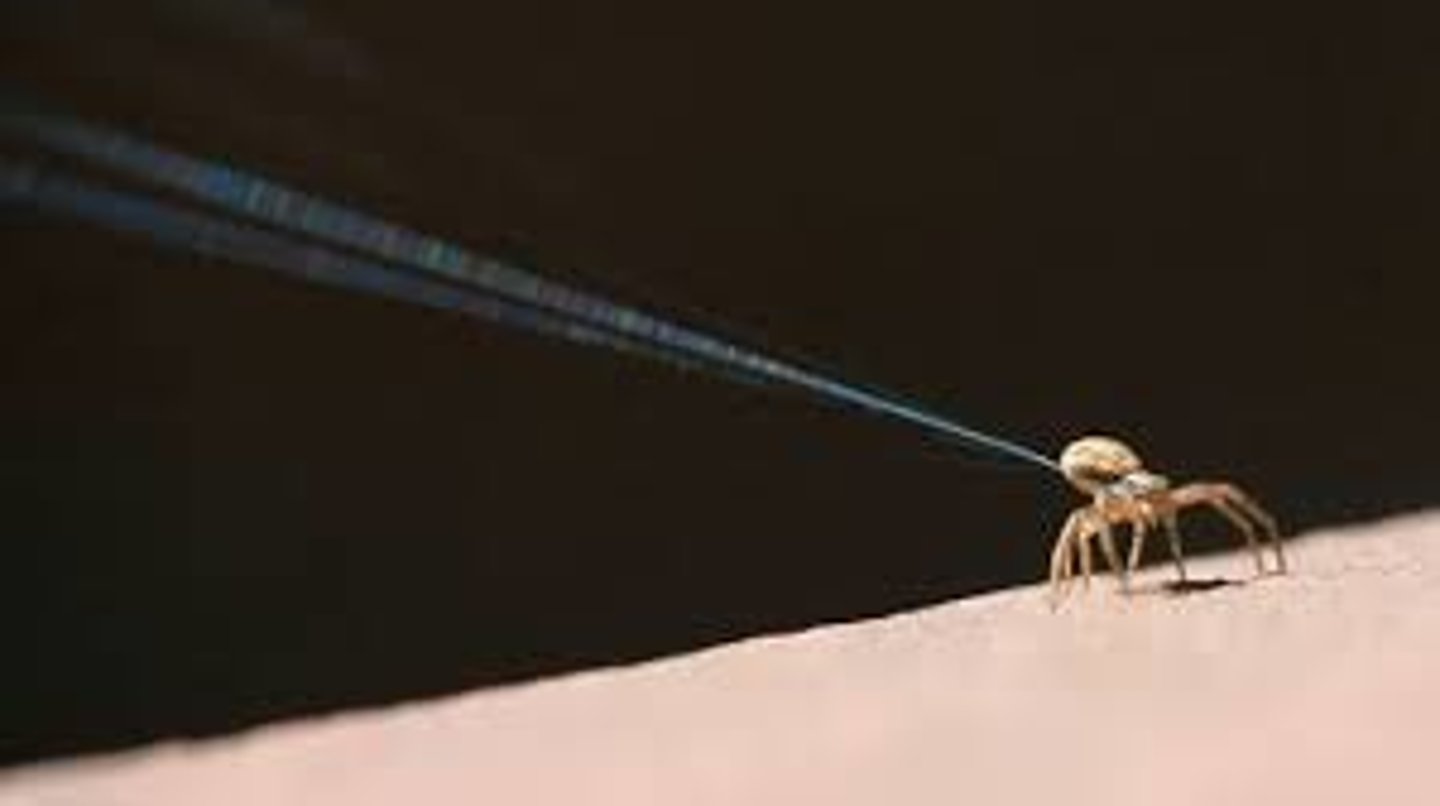
platform spider
The spider that weaves a sheet web on a small portion of the ground
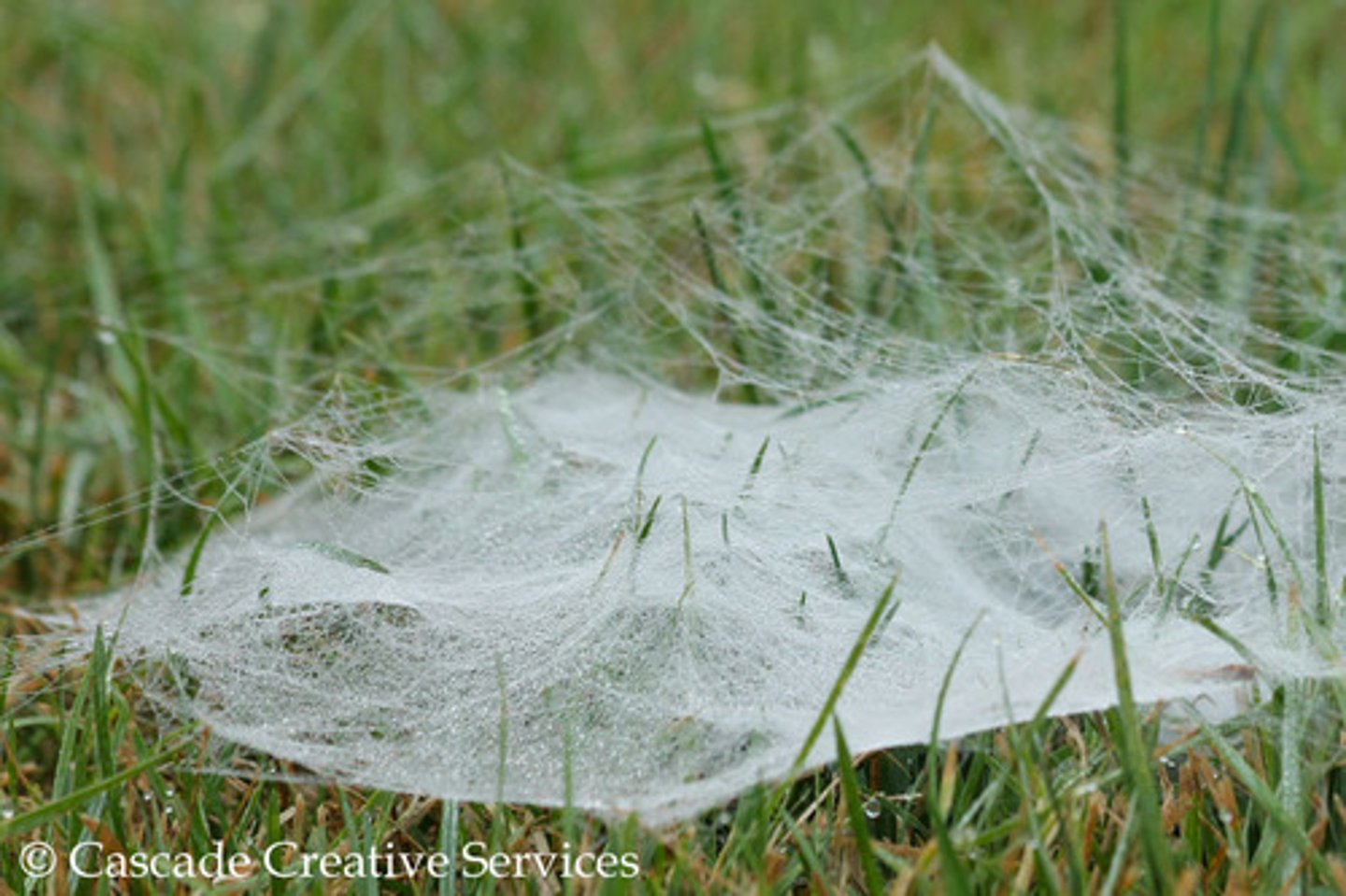
ogre-faced spider
The spider that makes a net small enough to hold between its legs
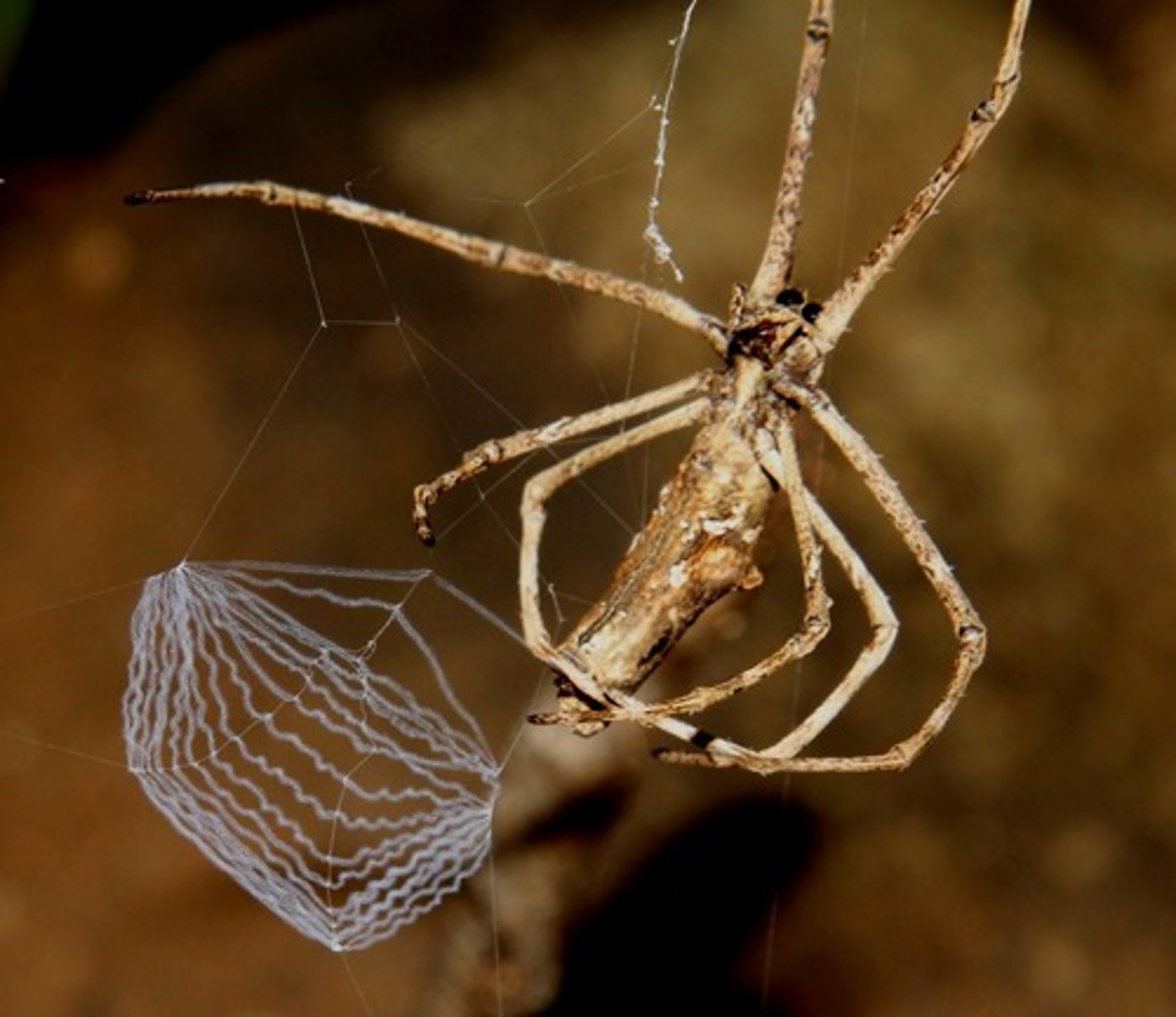
trap-door spider
The spider that sometimes digs a hole in the ground, lines it with silk, and builds a silk trap door for it
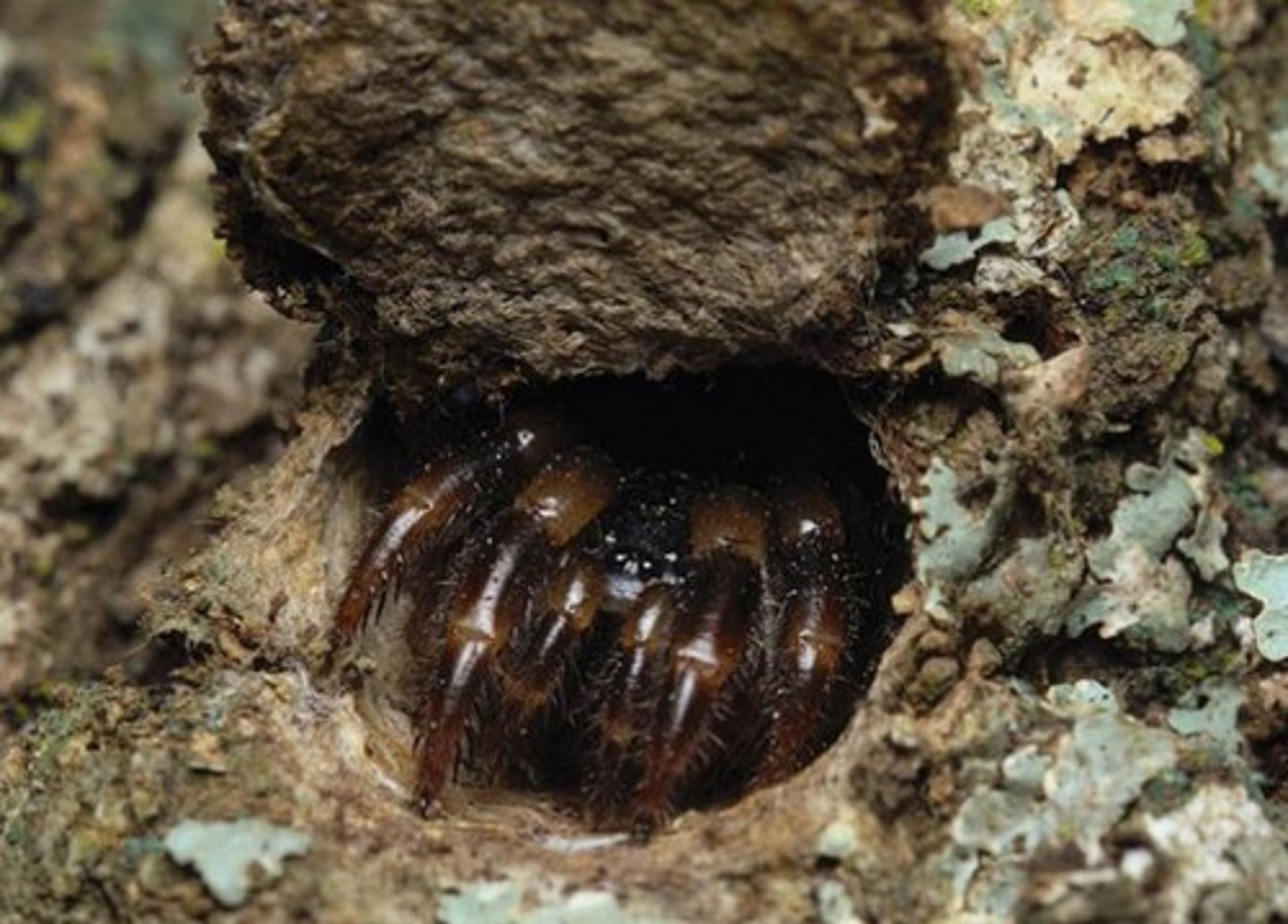
water spider
The spider that spends its entire life underwater
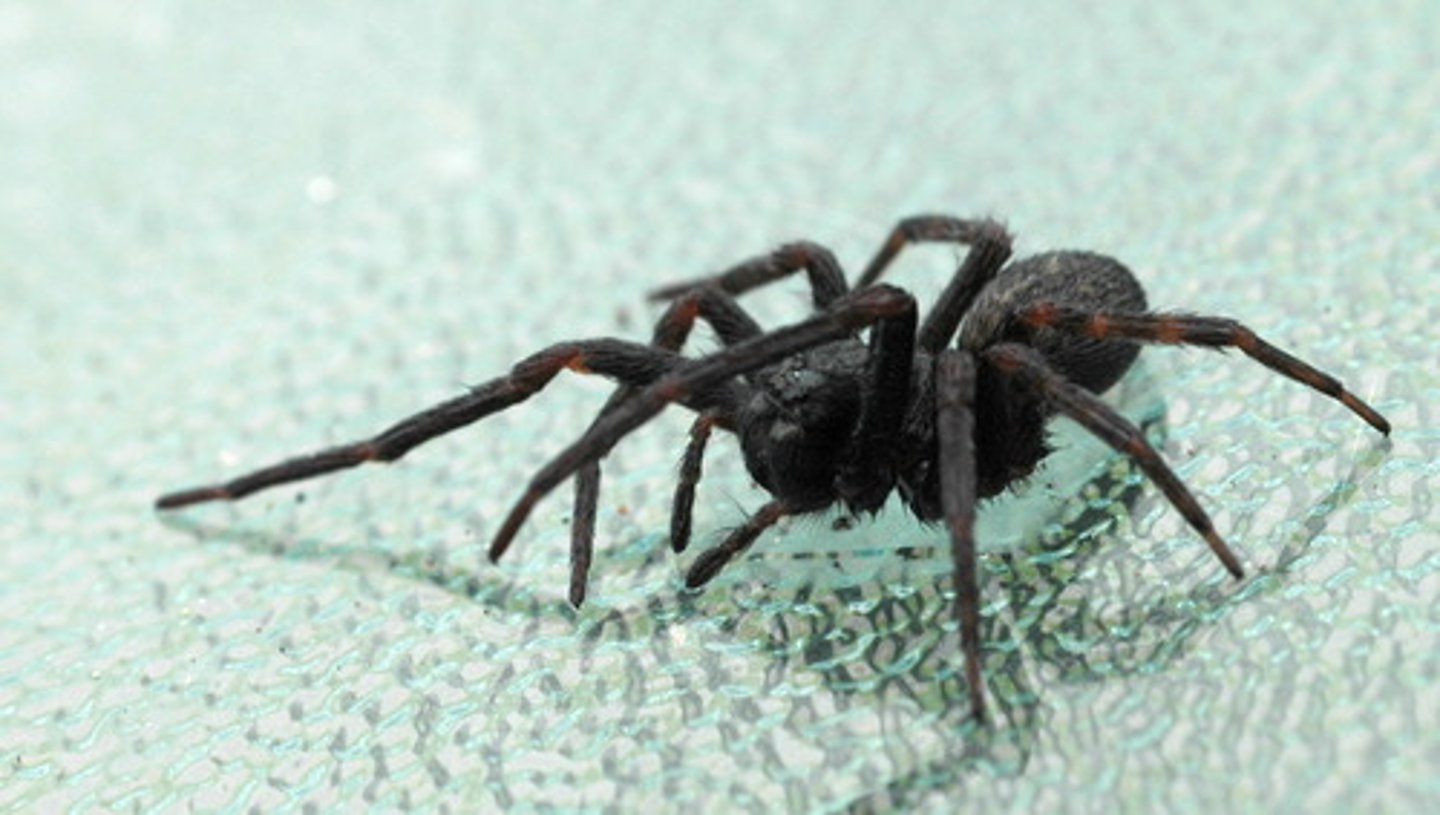
tarantula
Spider that is the largest in the world
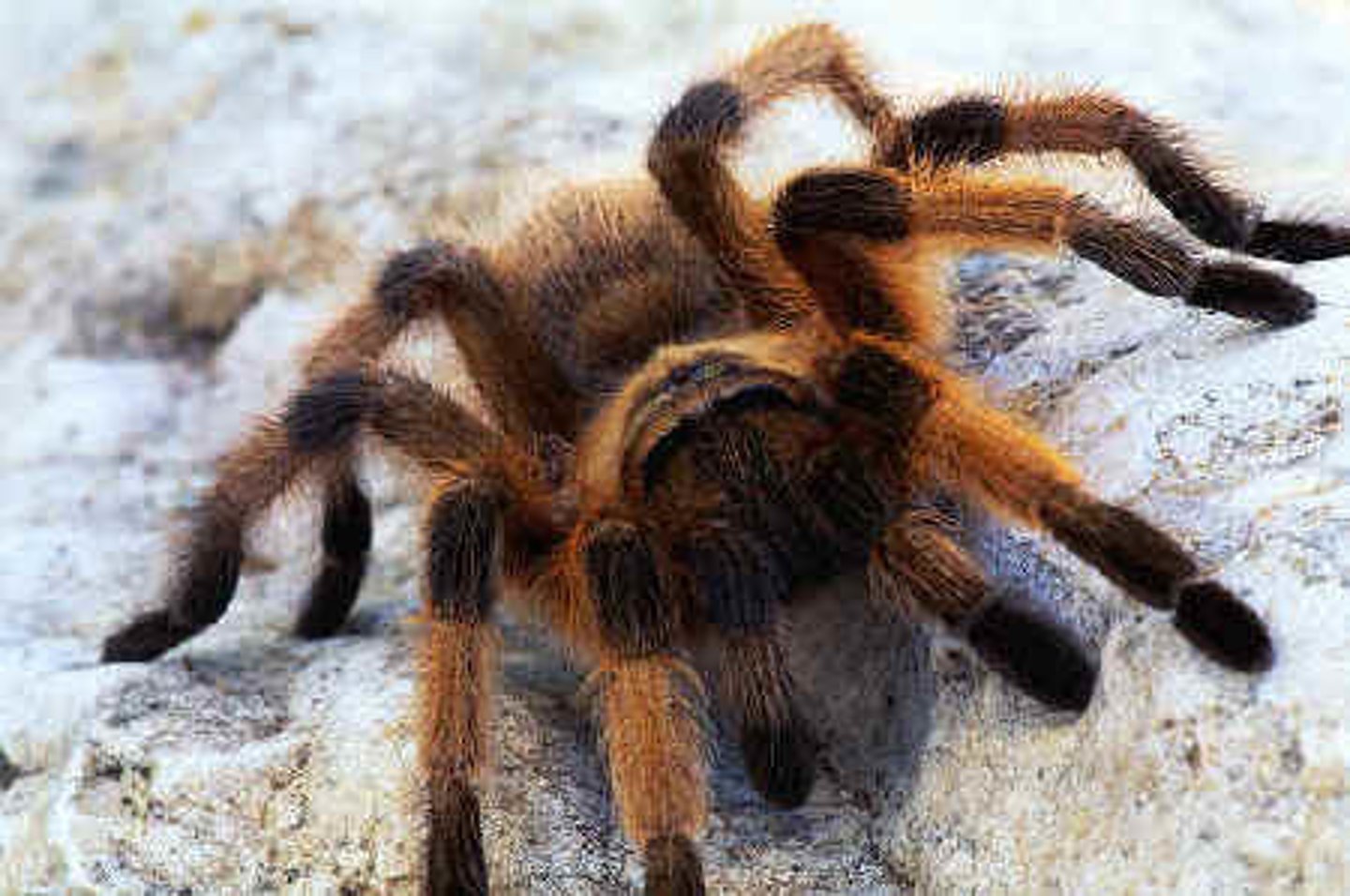
brown recluse
The very poisonous spider with a dark violin-shaped mark on its body
Greek and Latin
What languages are used for scientific names of animal?
Latin and Greek terms were used by scientists so that scientists of all countries would understand what animal was being referred to.
Why do scientist use Latin and Greek terms to identify animals?
When animals were classified, educated people in the Western world were familiar with Latin and Greek
Why do scientist use Latin and Greek terms to identify animals?